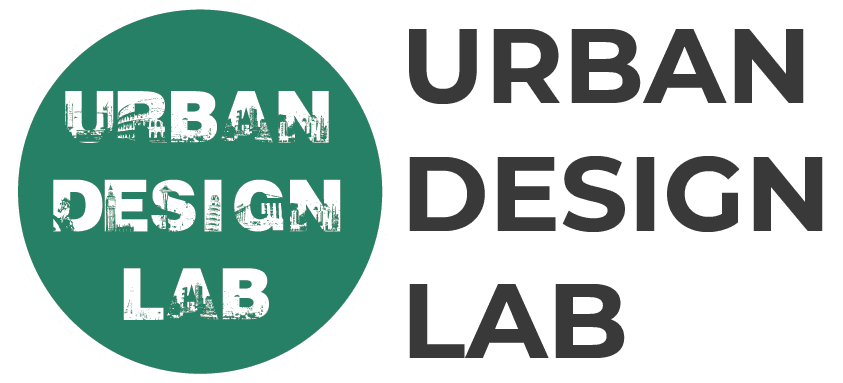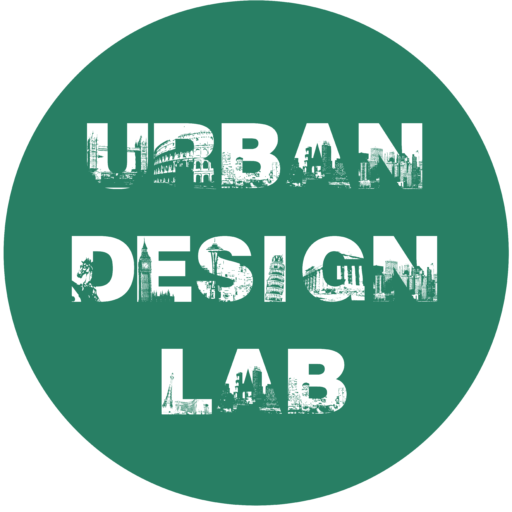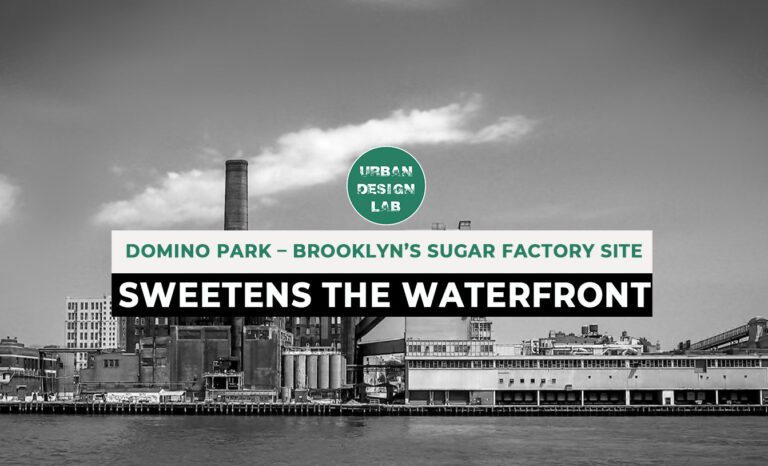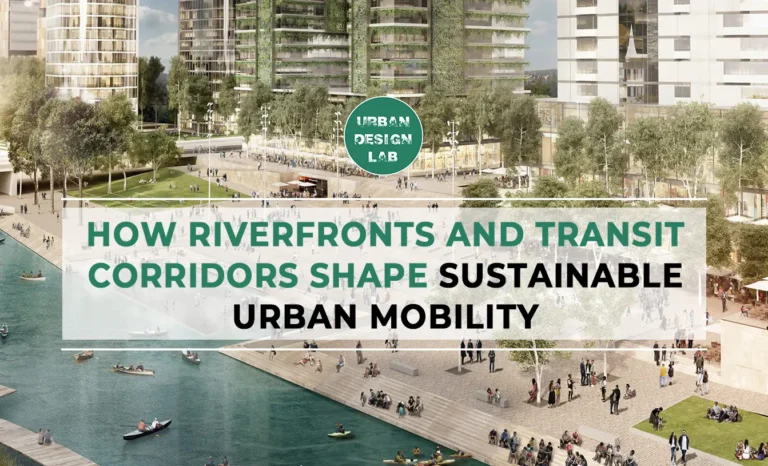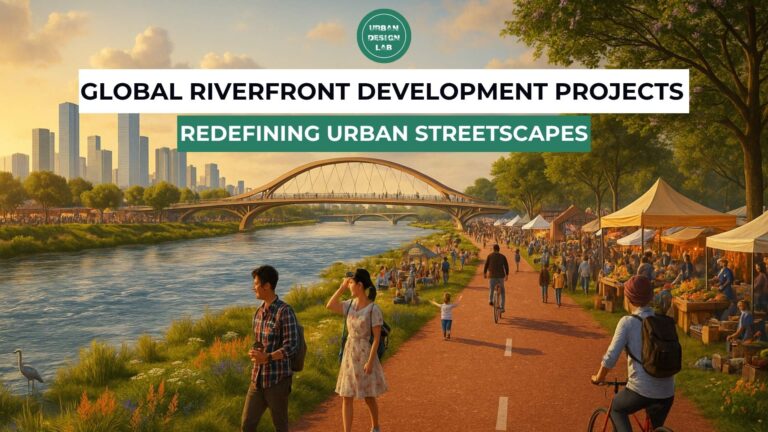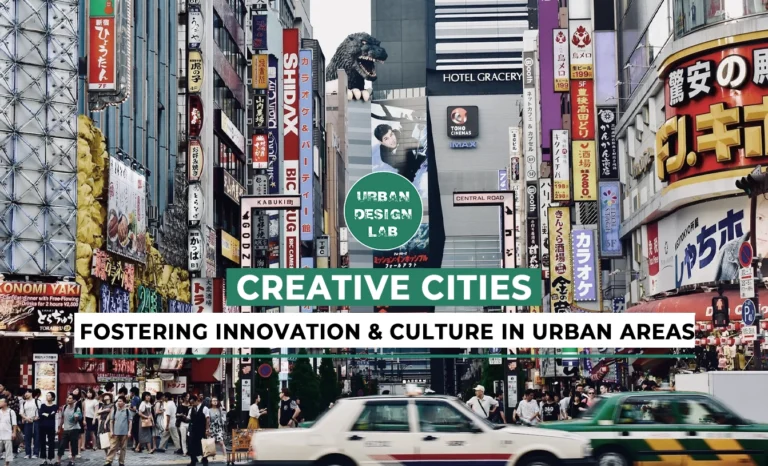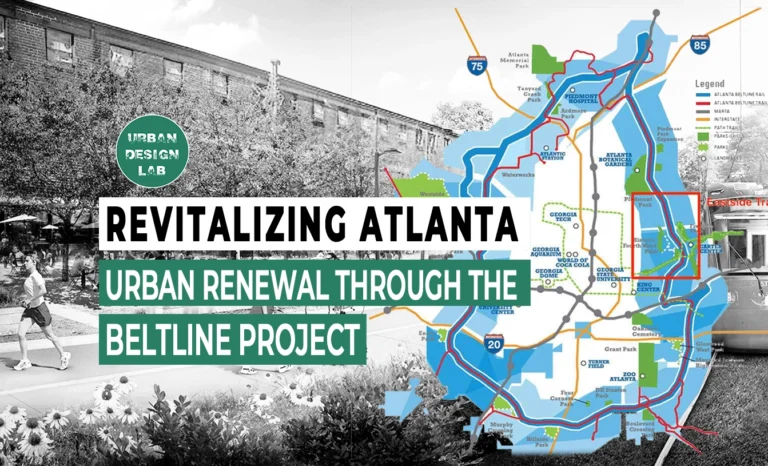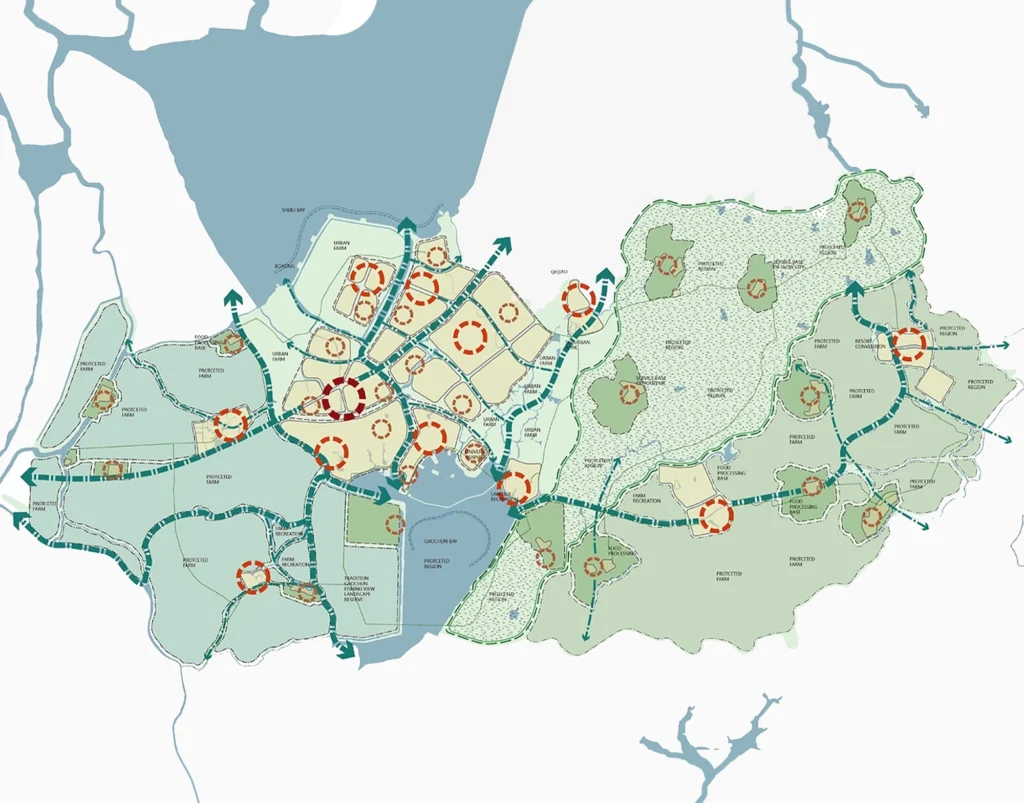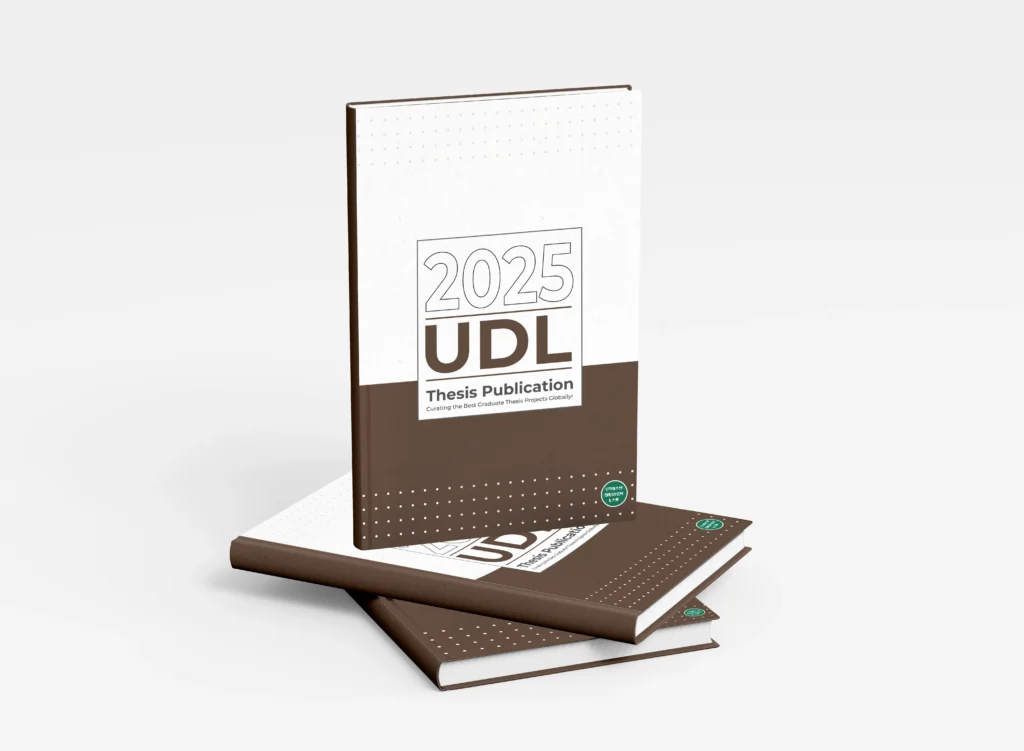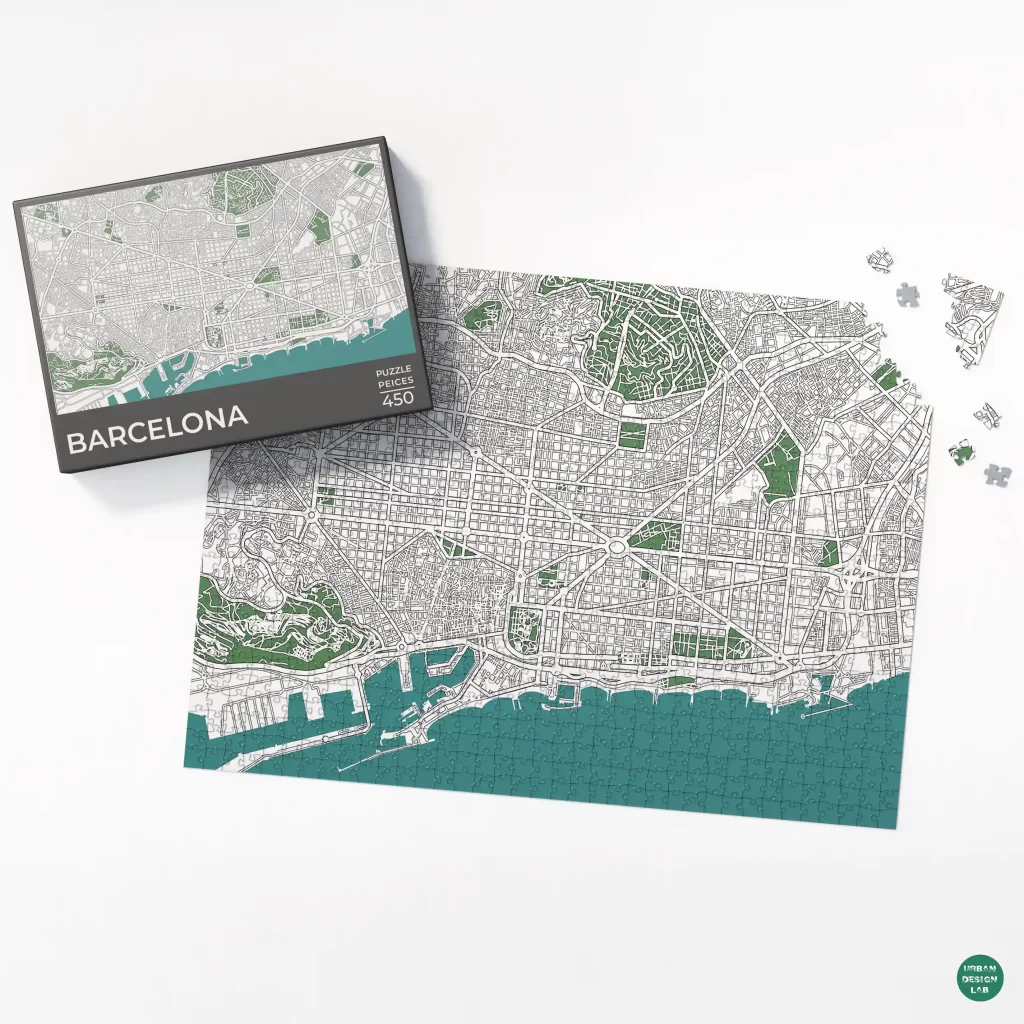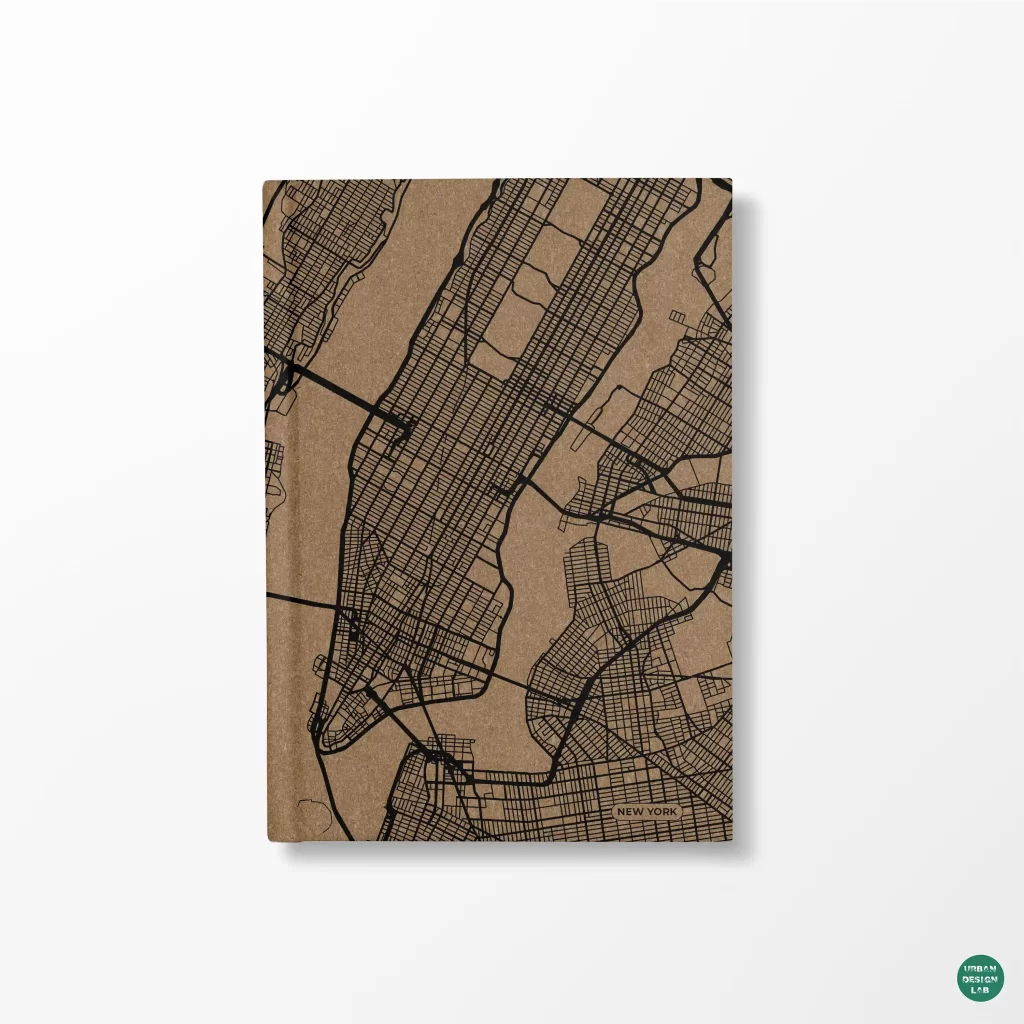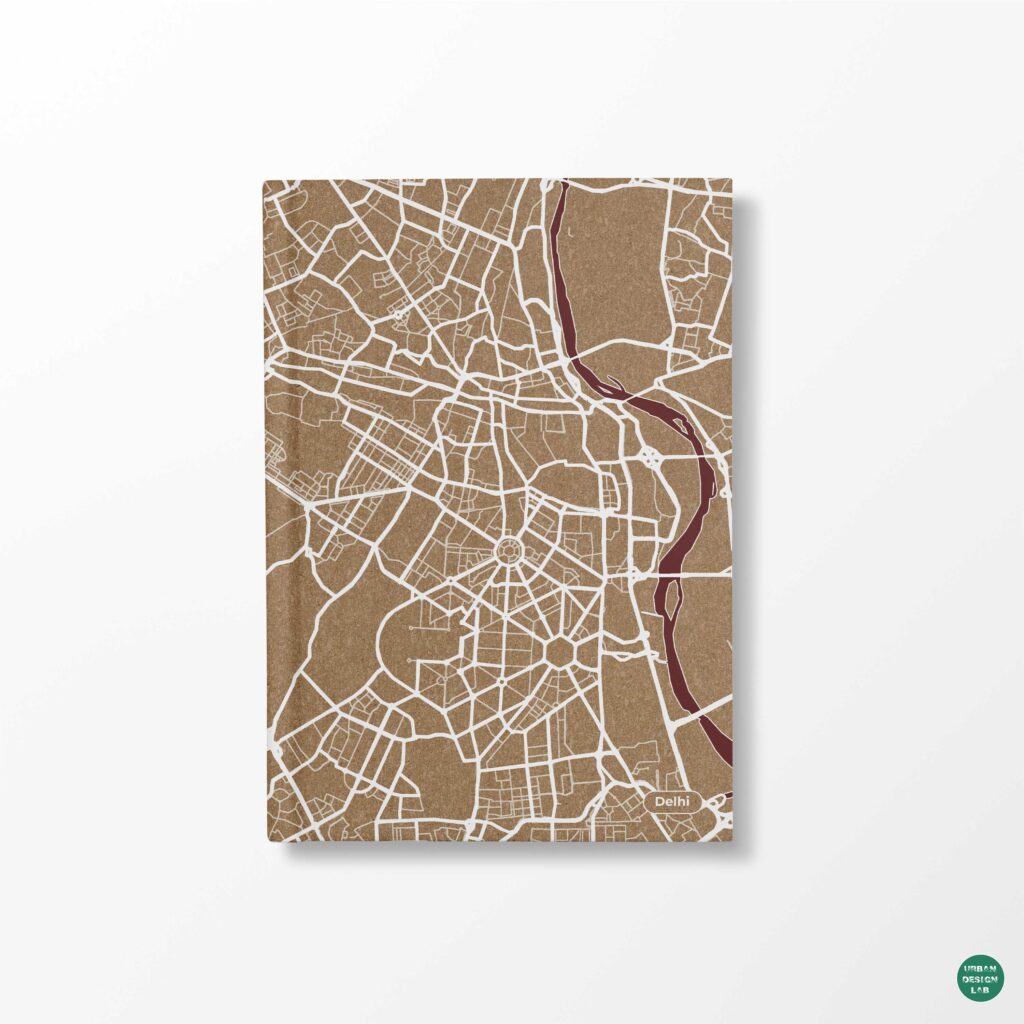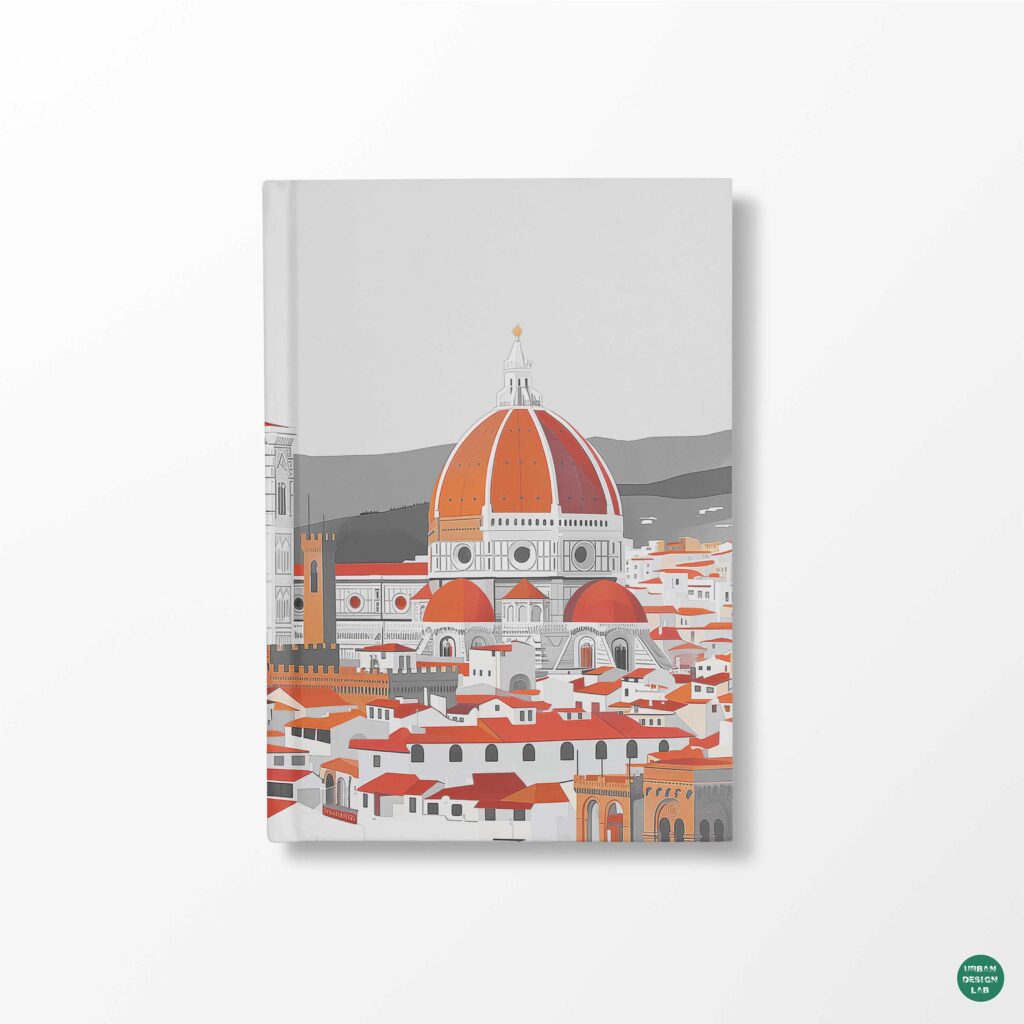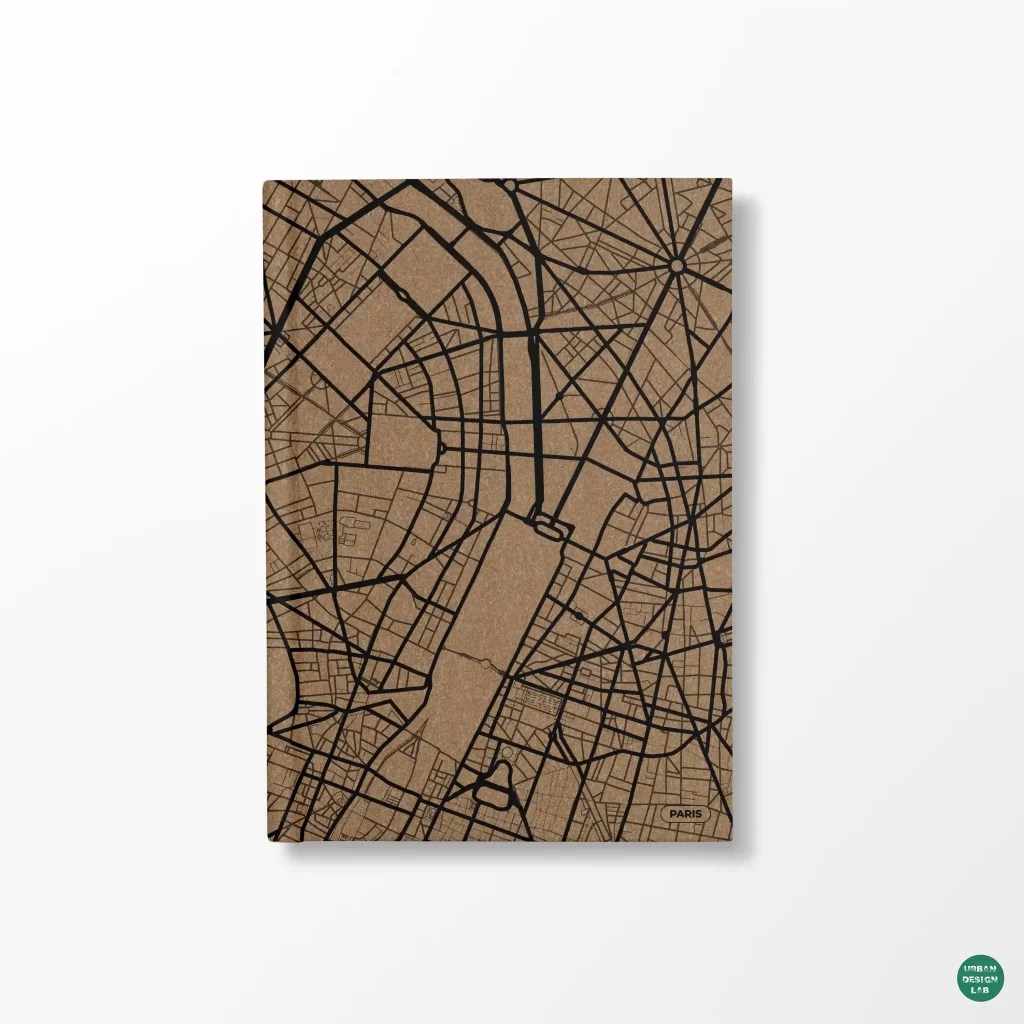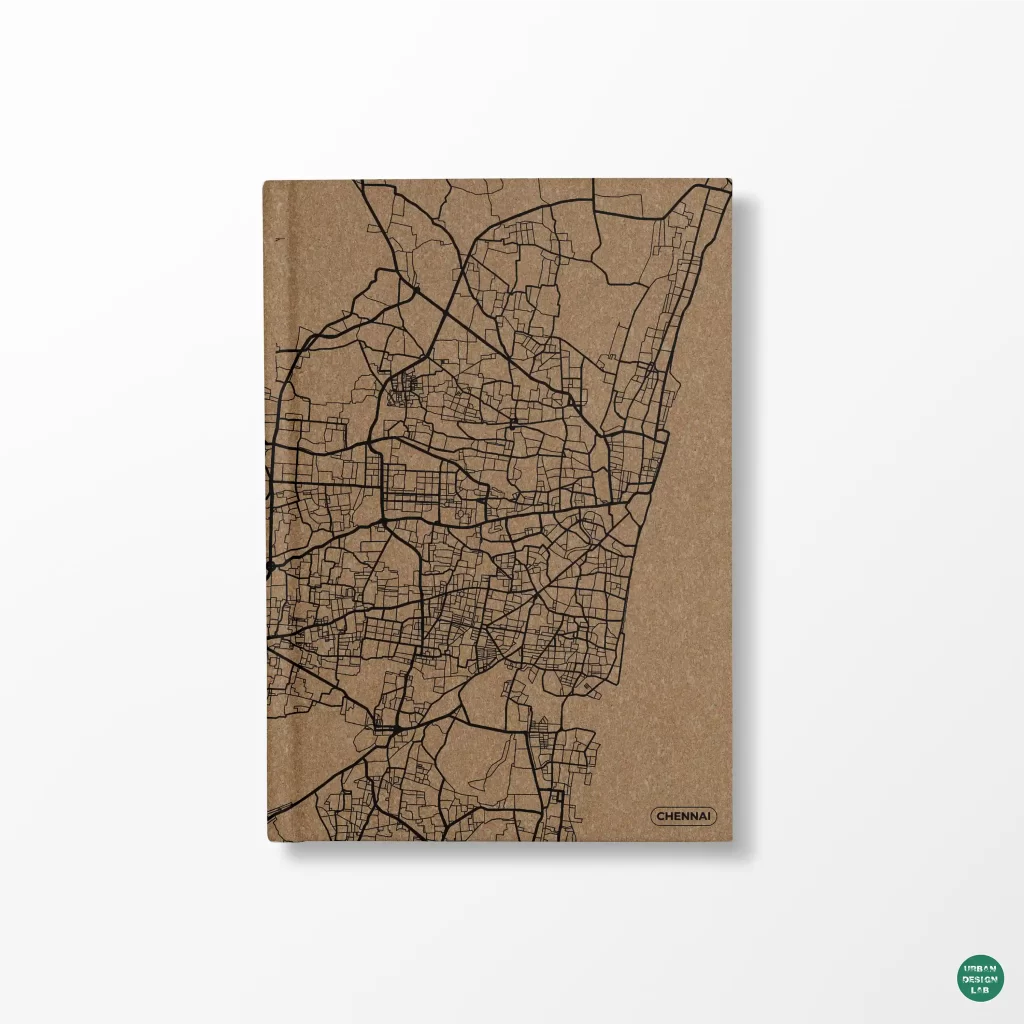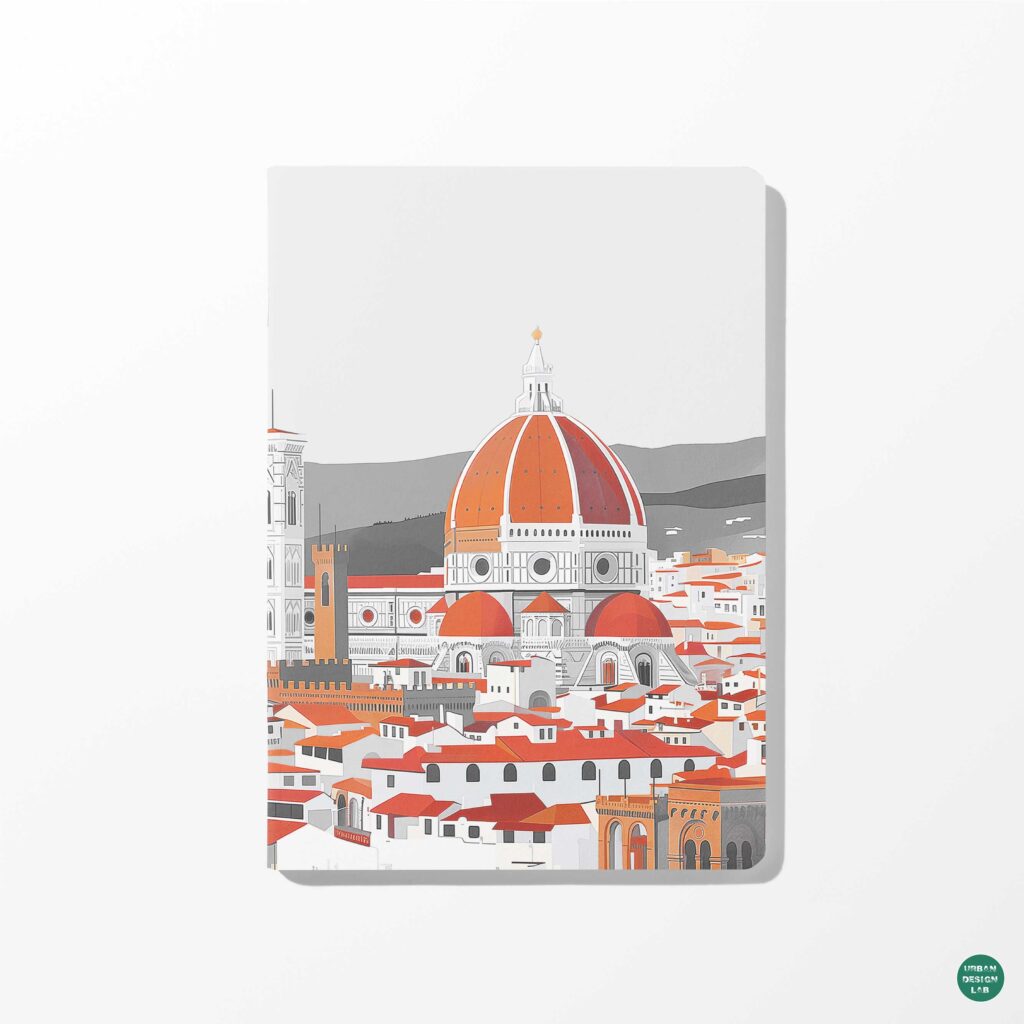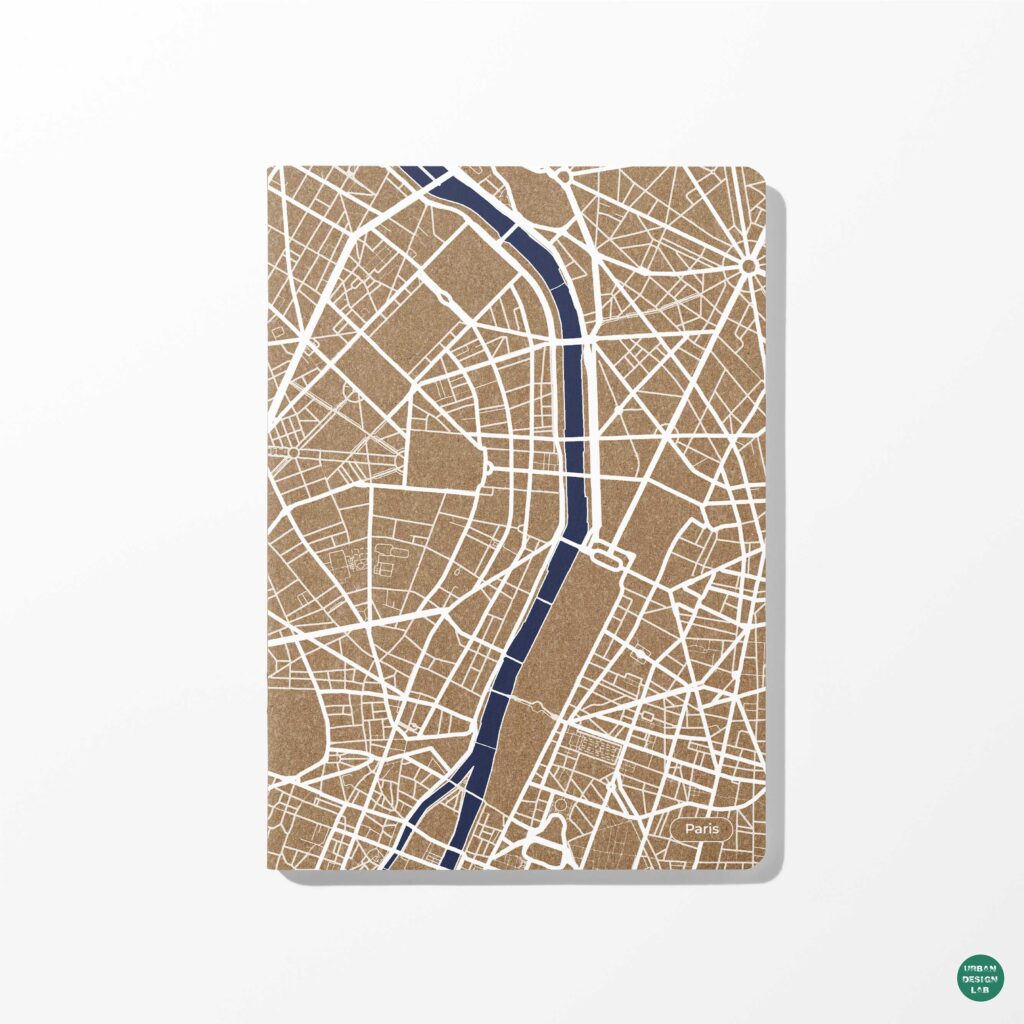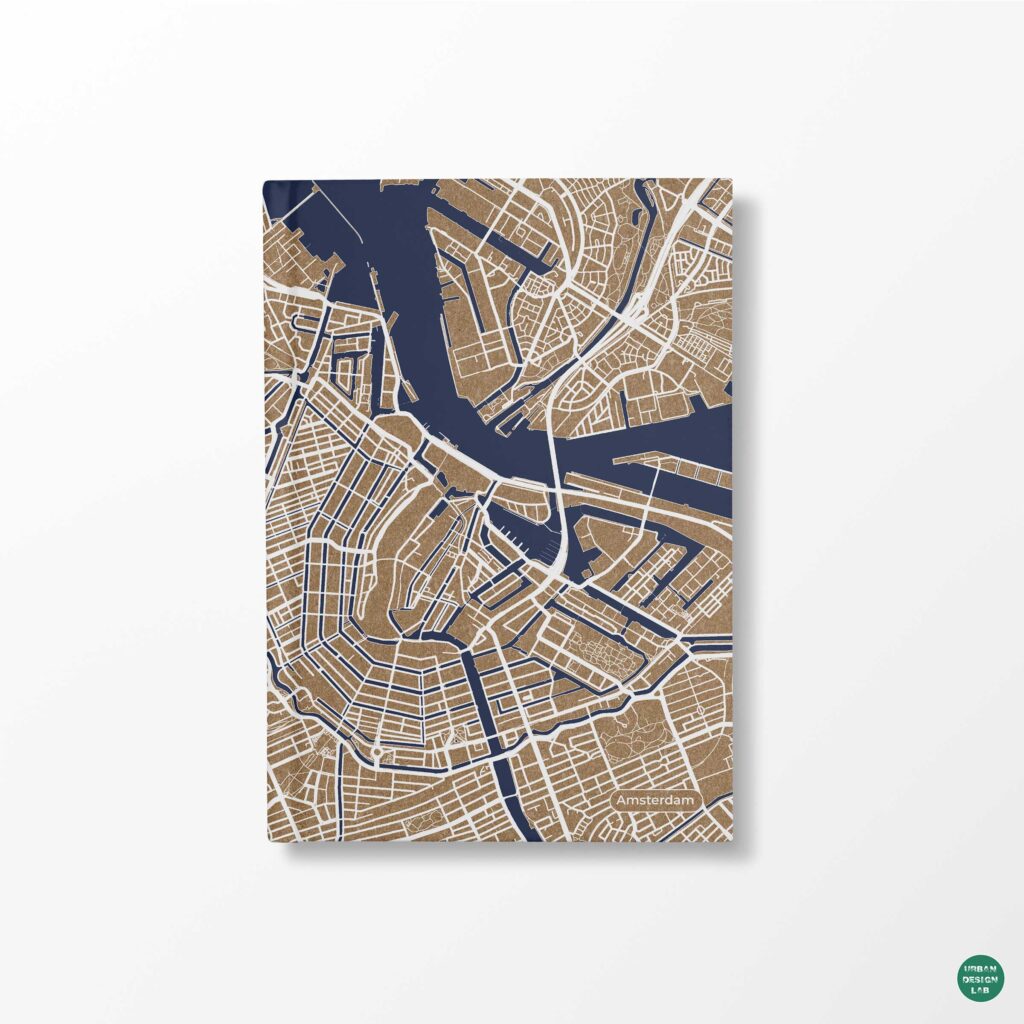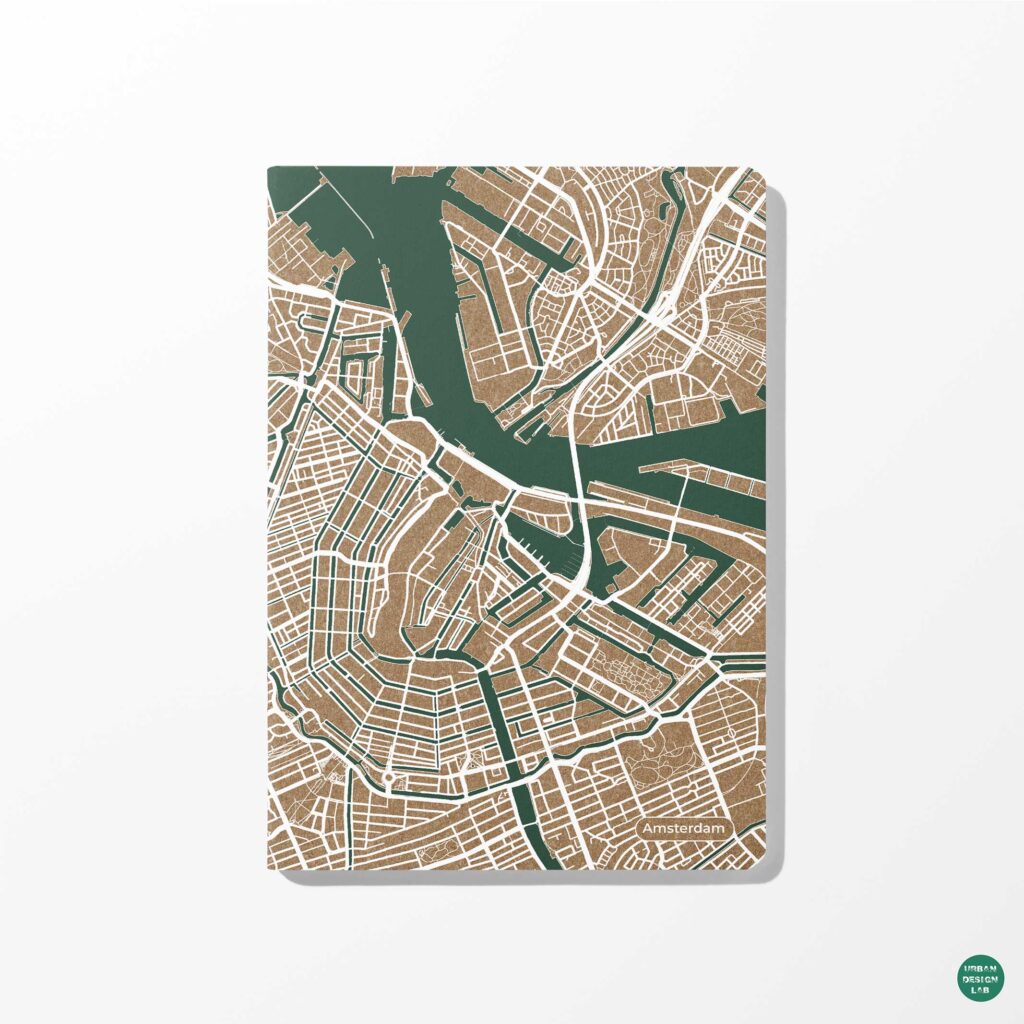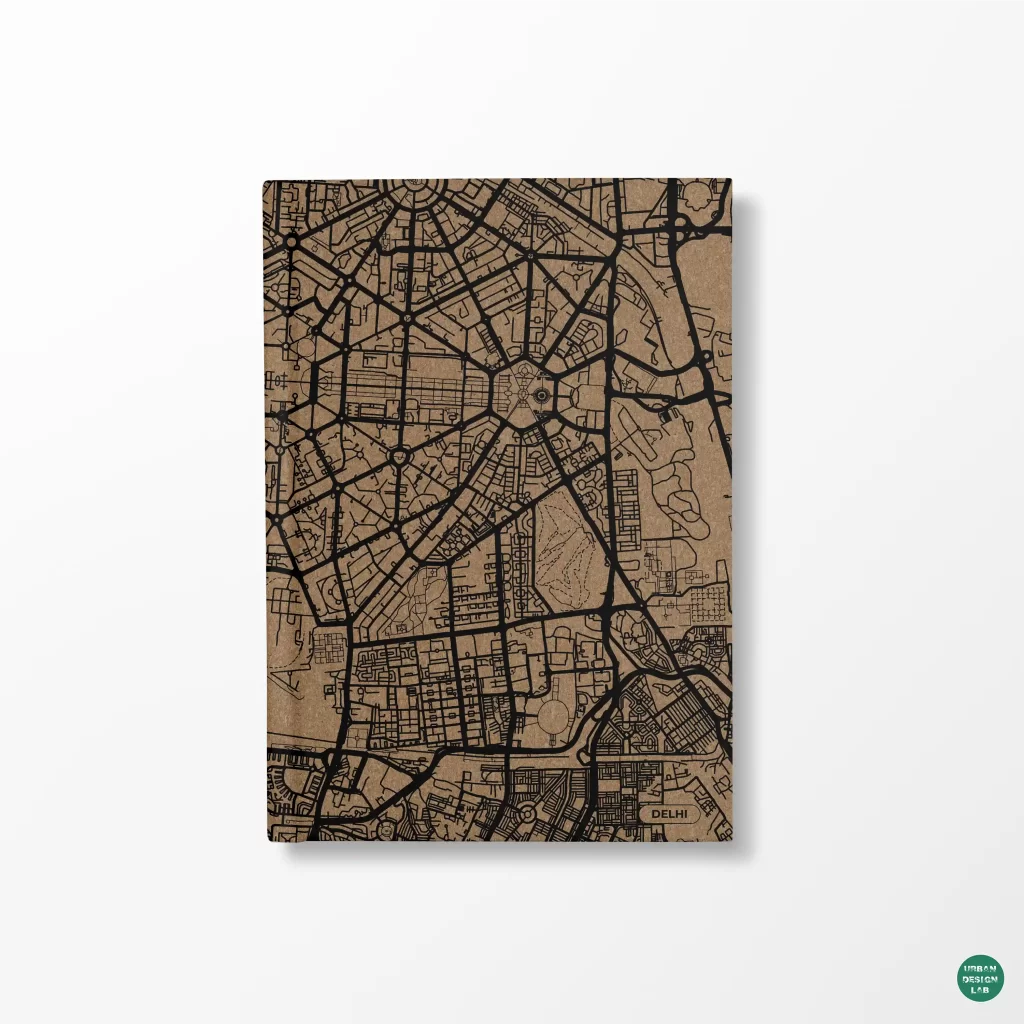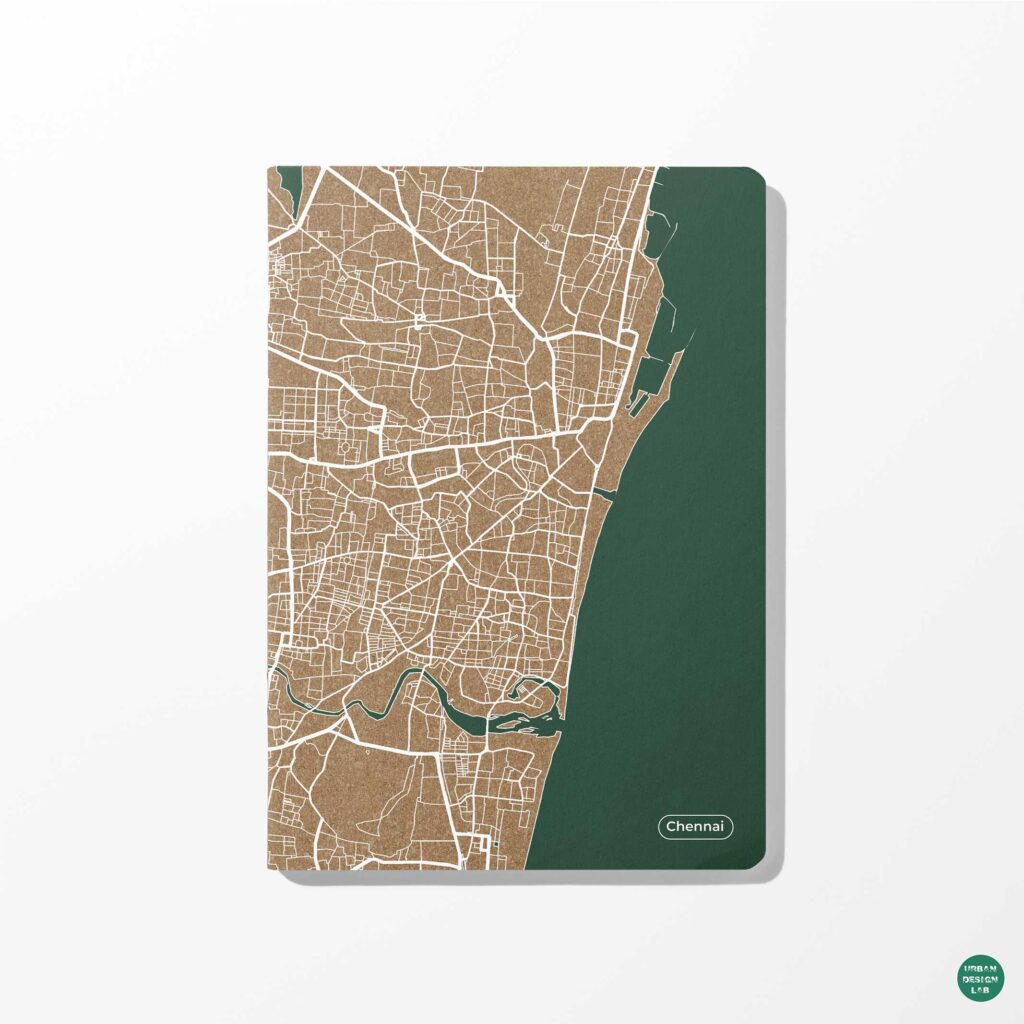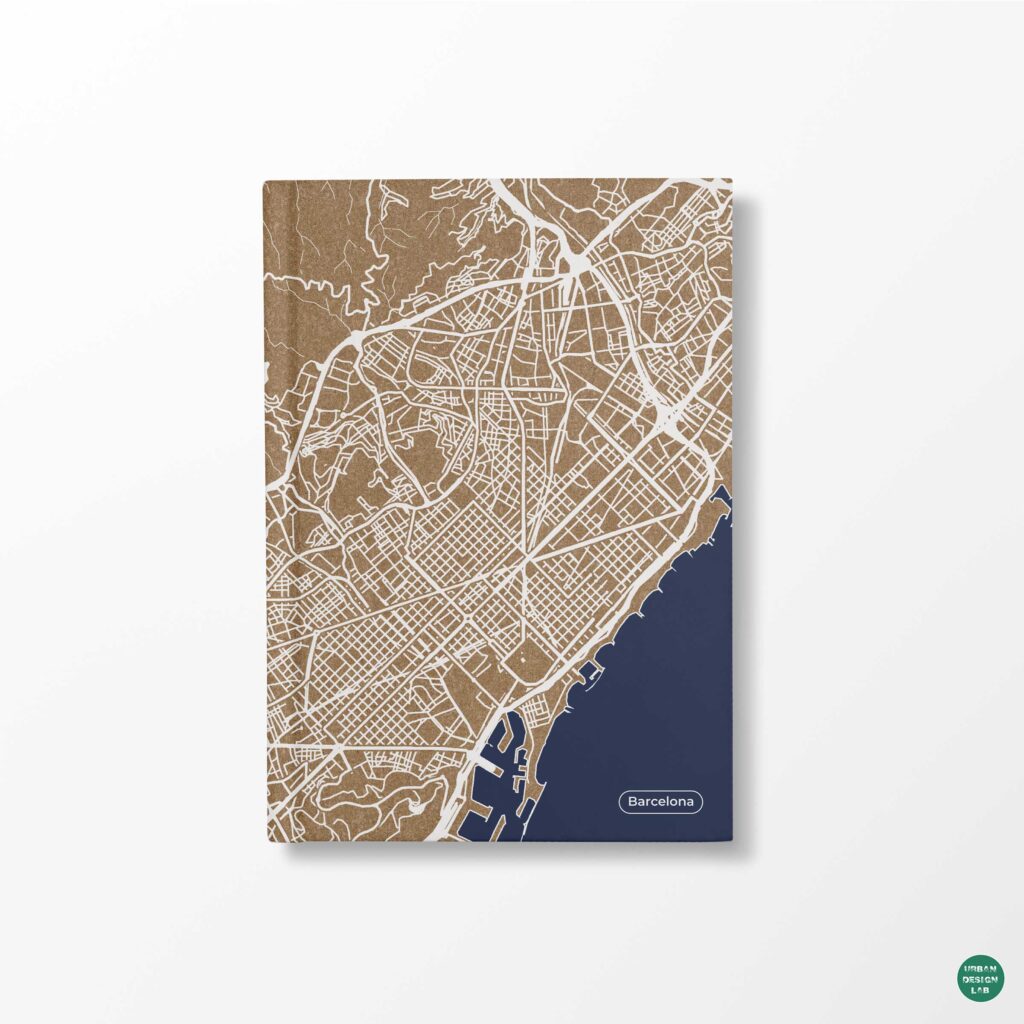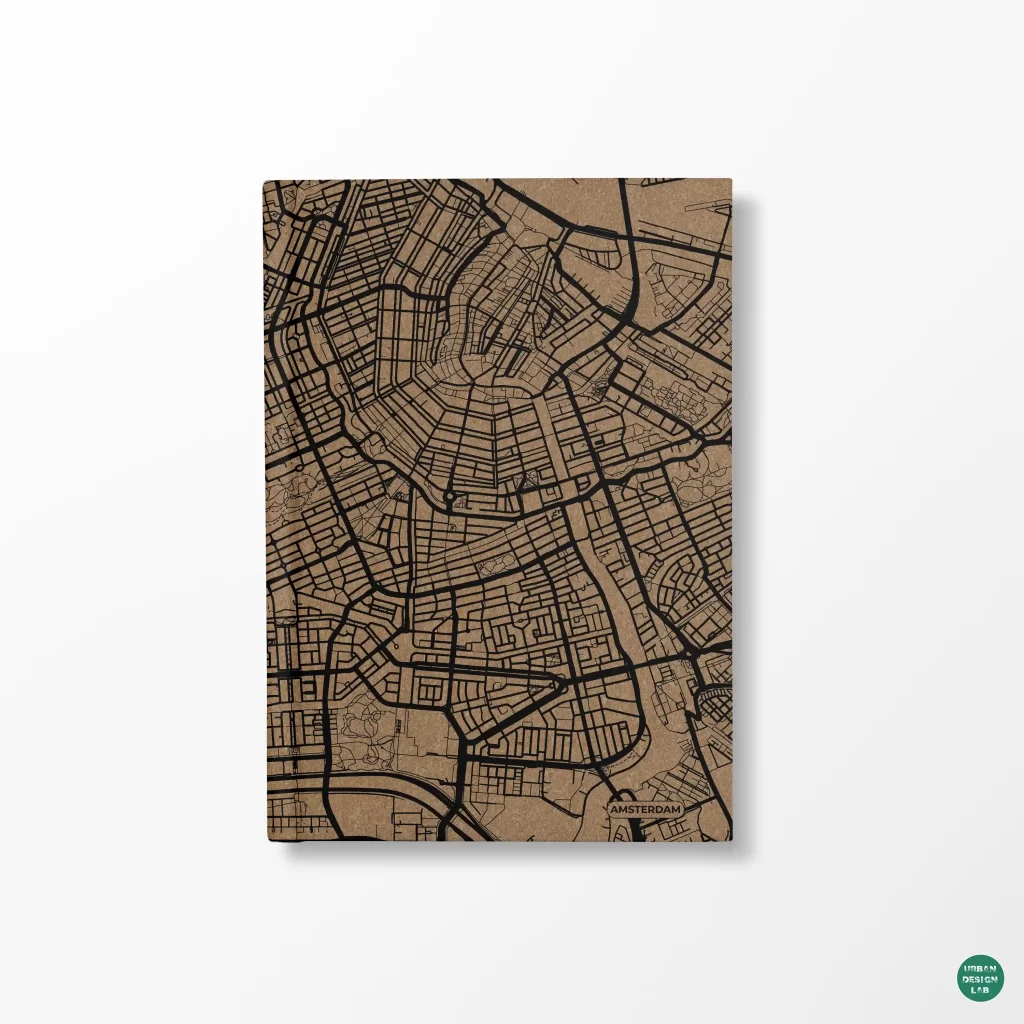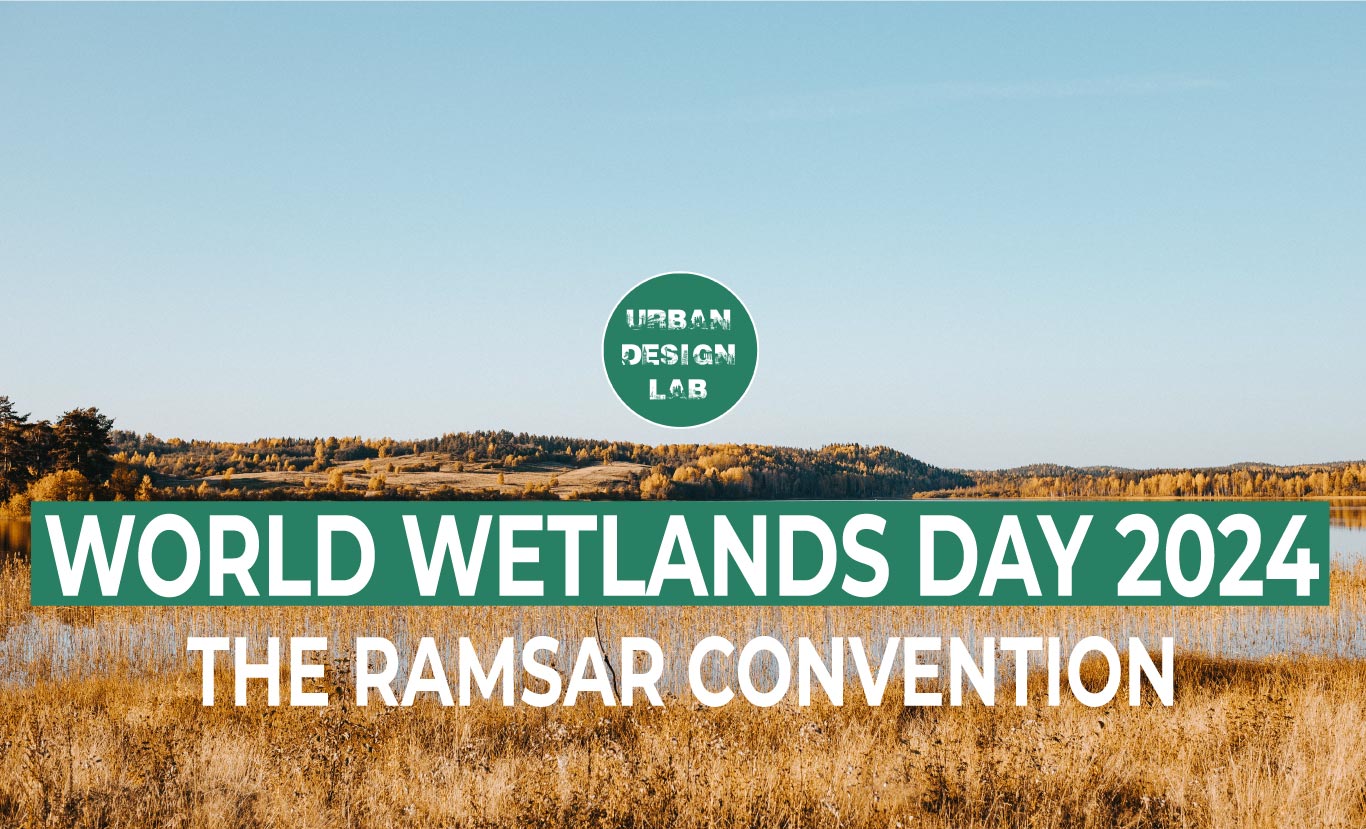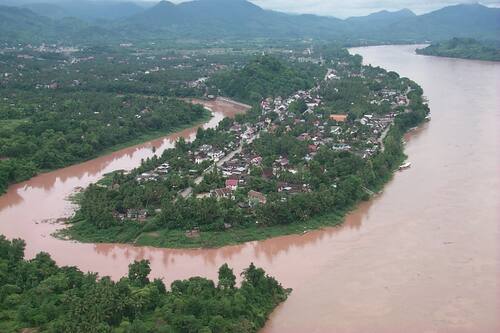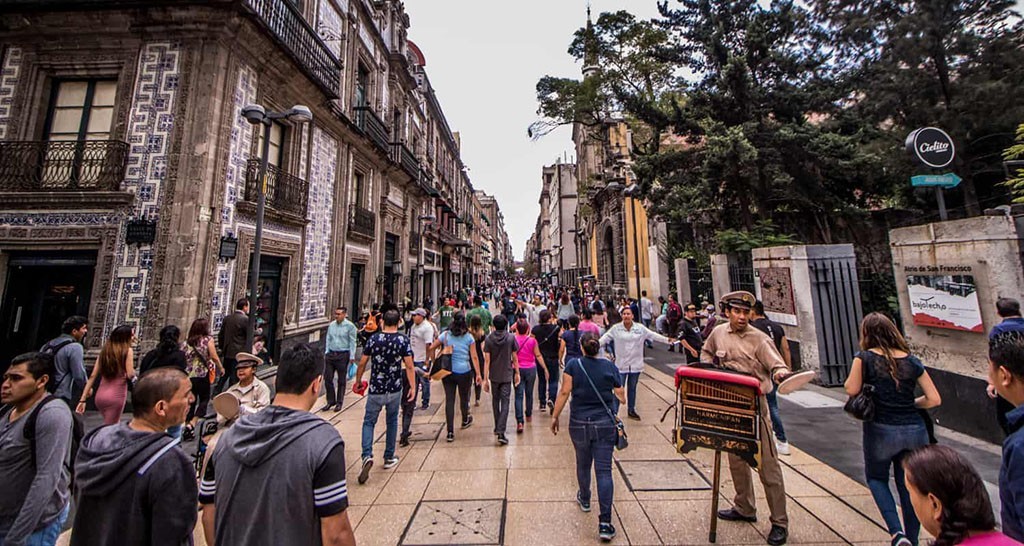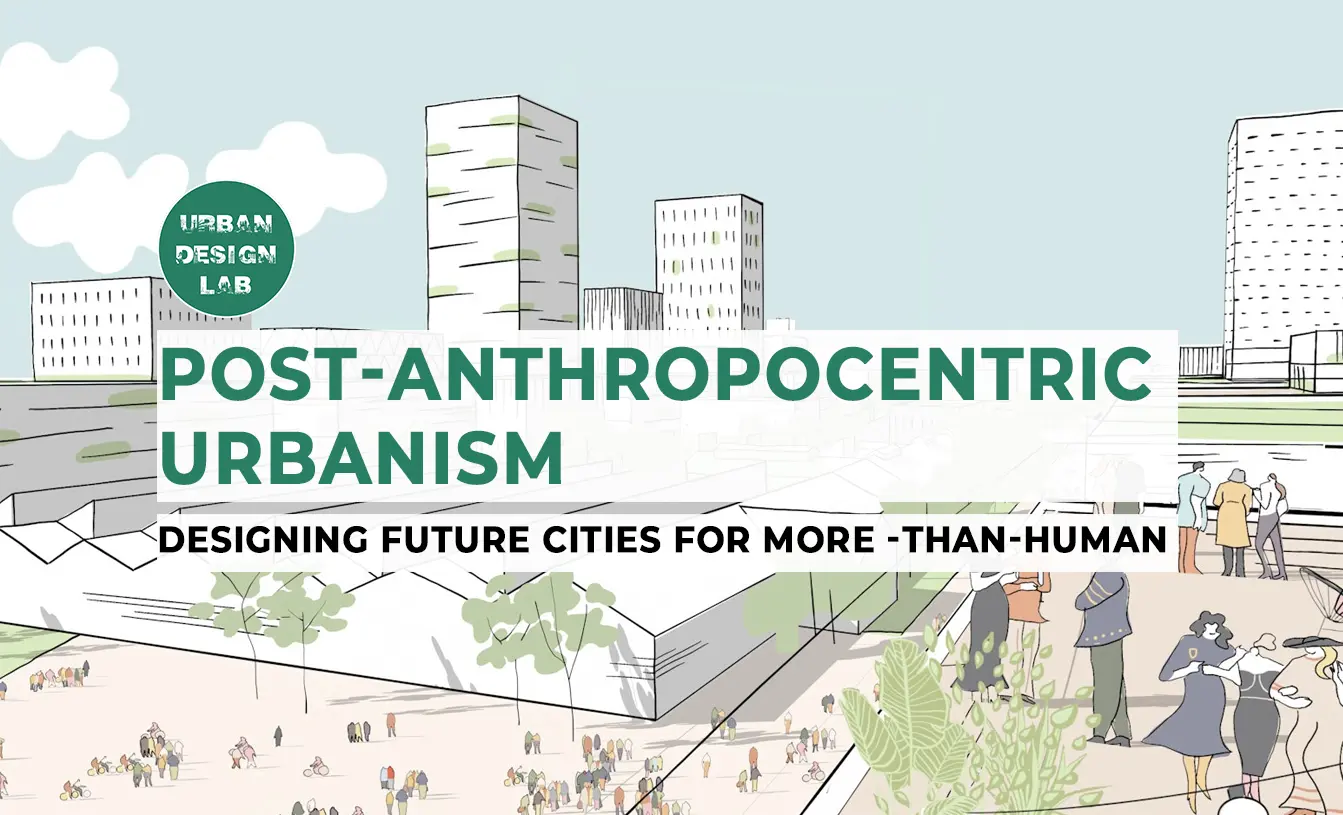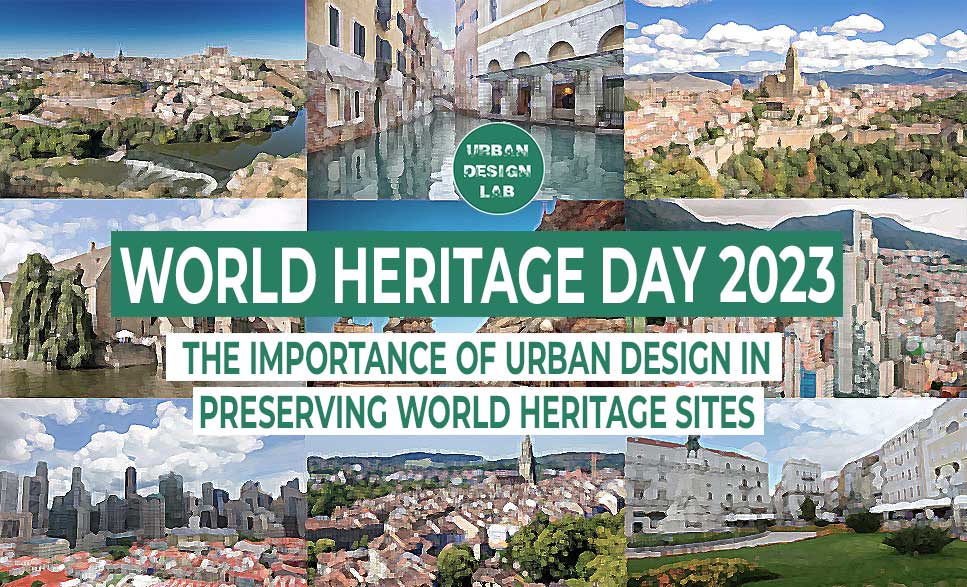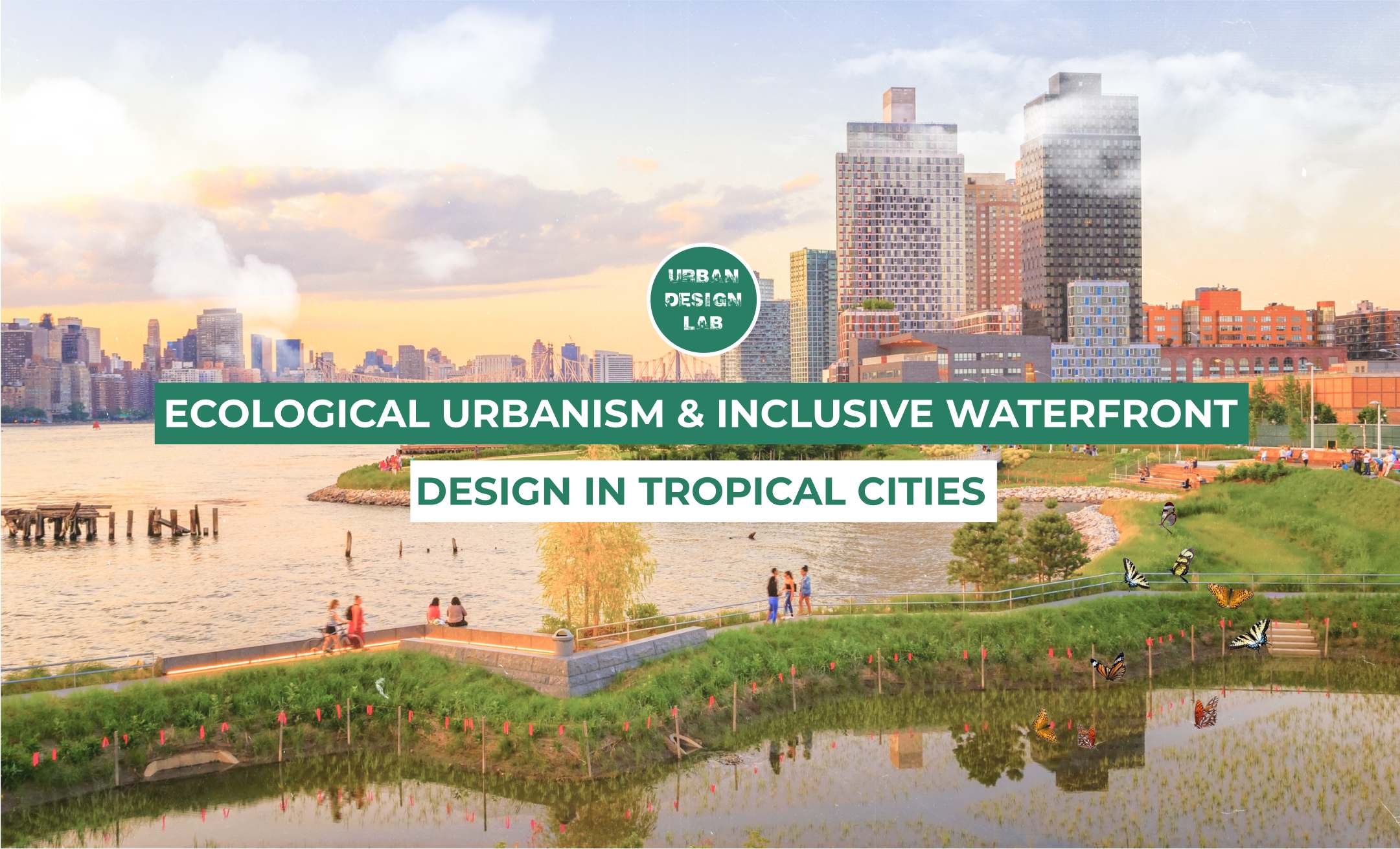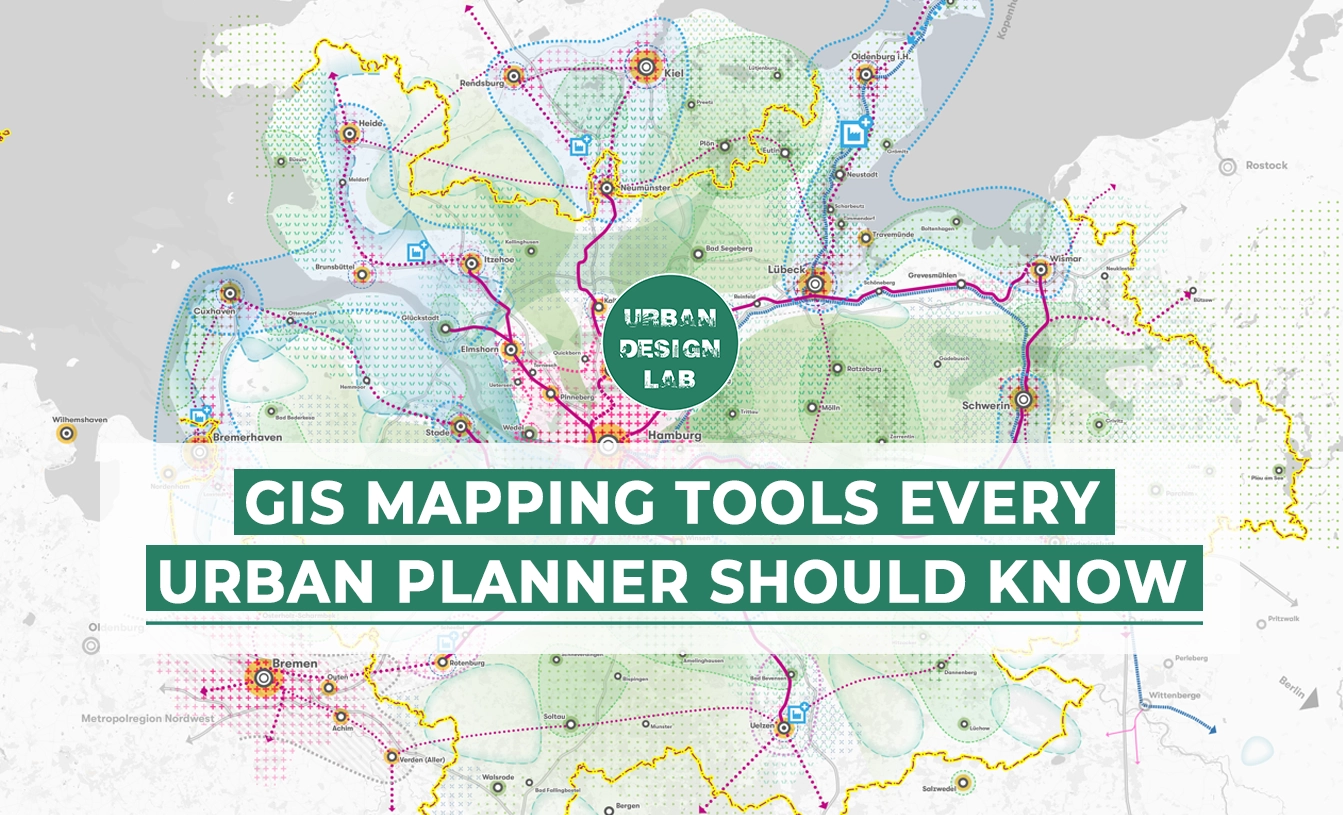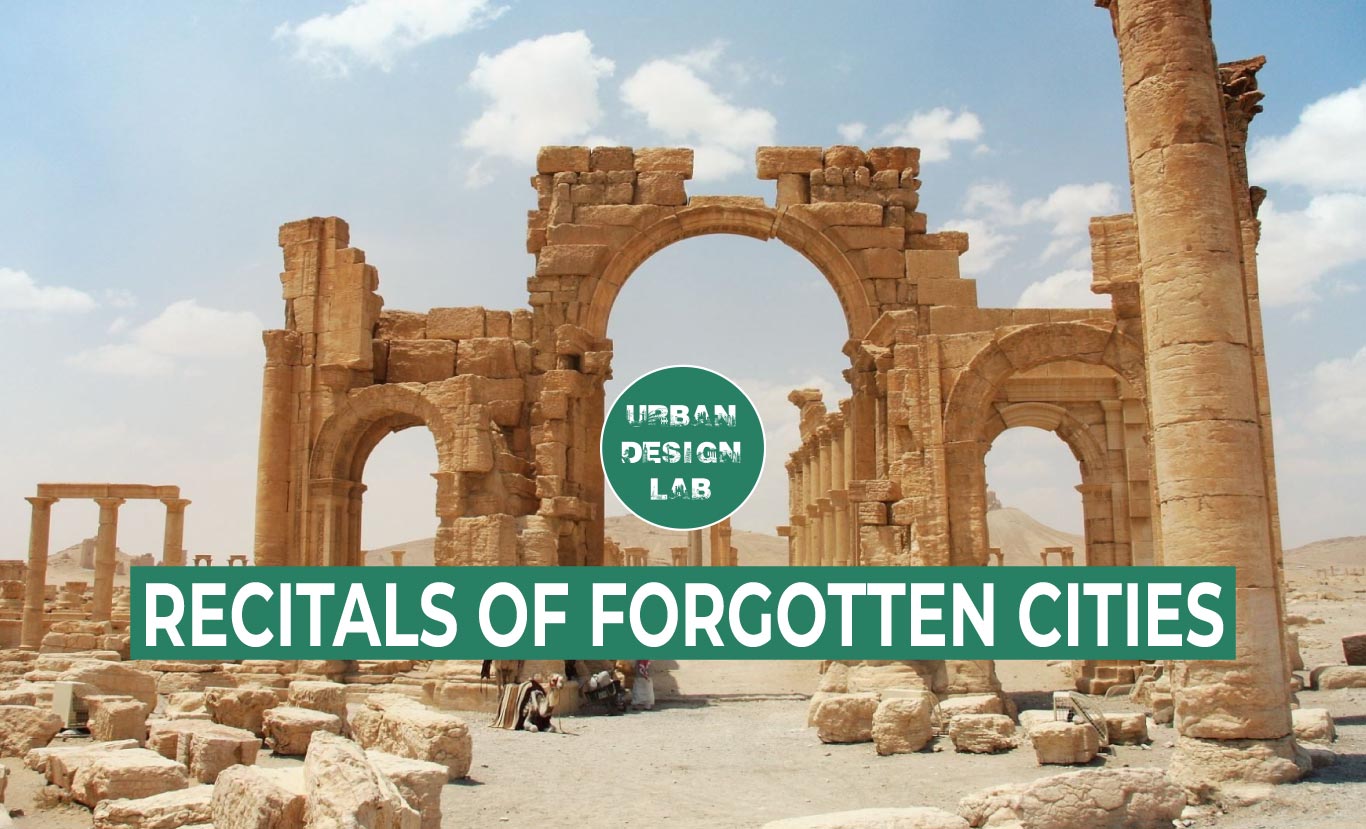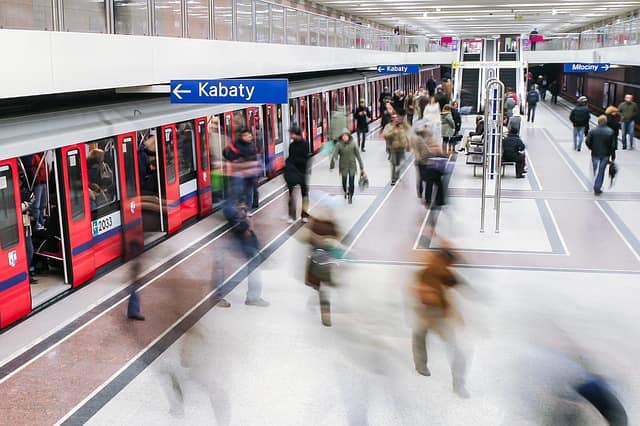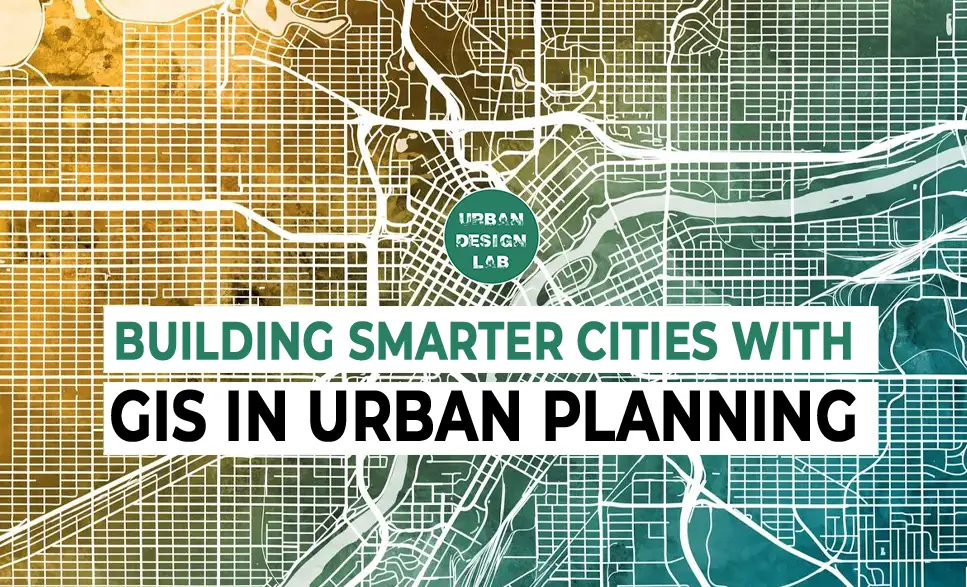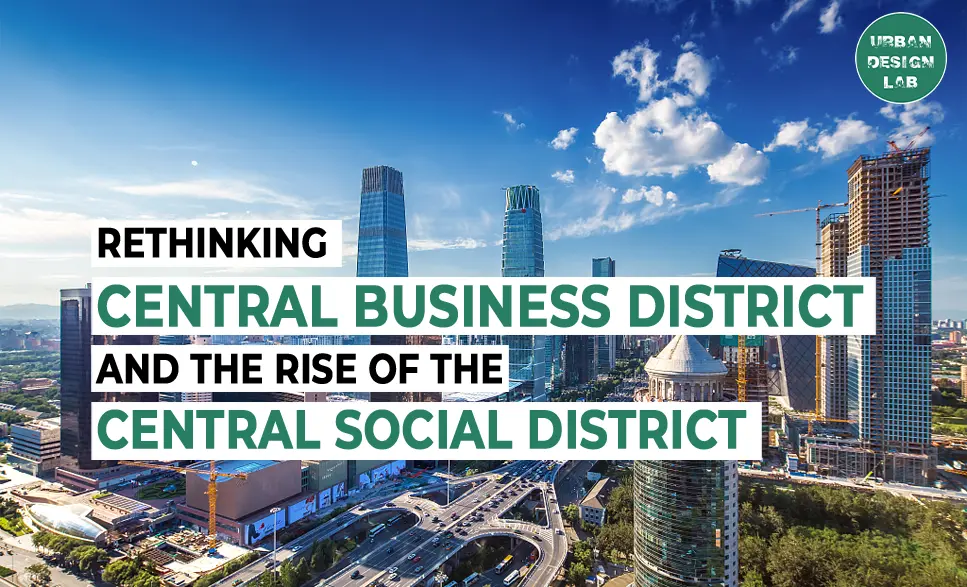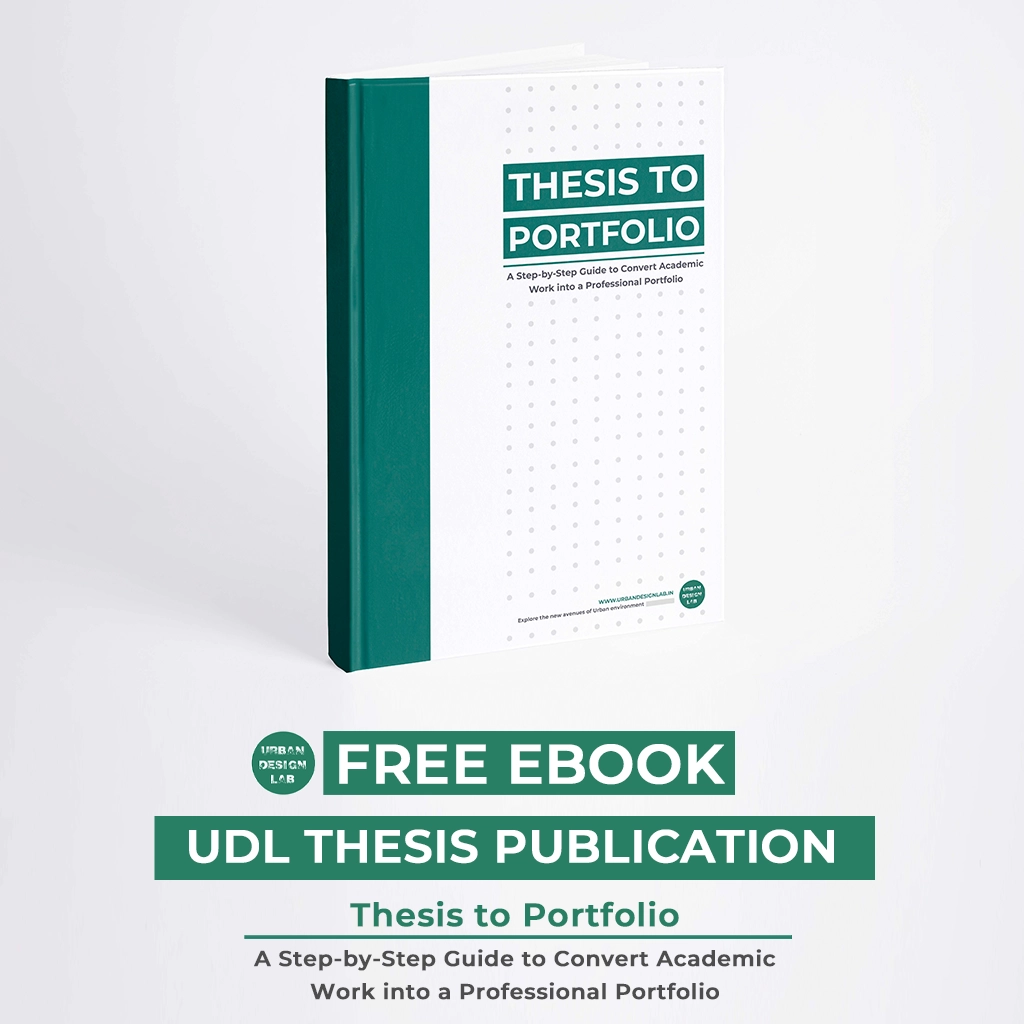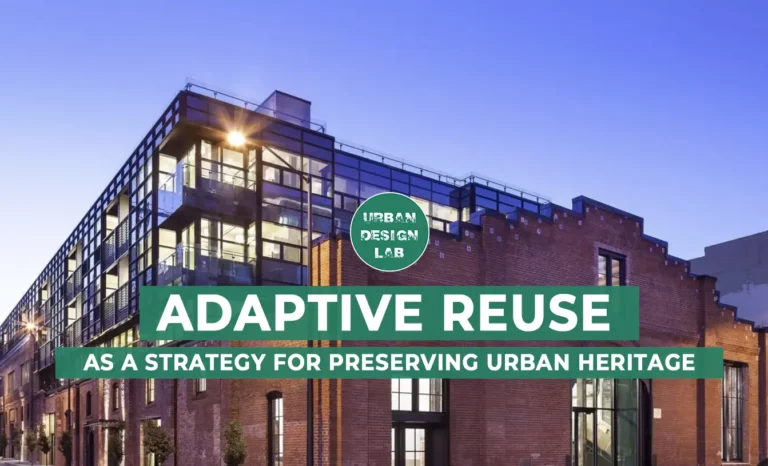
Kochi Water Metro: Revolutionizing Urban Mobility in Kerala
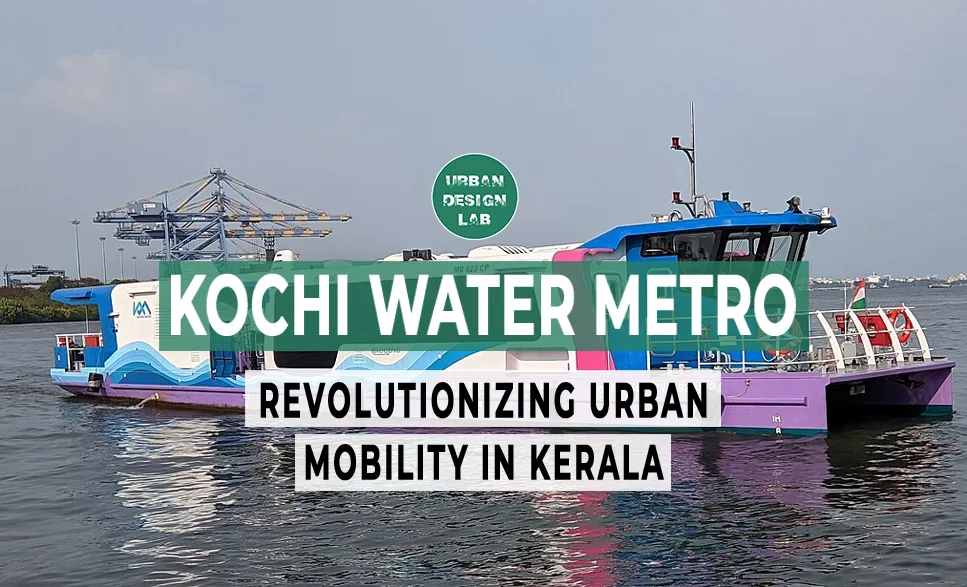
The Kochi Water Metro is an innovative urban mobility project in Kerala, which integrates the city’s traditional waterways into a modern public transit system. It spans 76 kilometers with 38 strategically located terminals and uses electric hybrid boats to provide a sustainable and efficient alternative to road transport, tackling Kochi’s traffic congestion and pollution challenges.
By improving connectivity and accessibility, the Water Metro connects key urban areas with the Kochi Metro and bus services, promoting walkability and social inclusion. This integration links underdeveloped areas to the city center, making the service accessible to all socio-economic groups. Moreover, it supports economic growth by improving access to business hubs and boosting tourism through scenic water routes.
Culturally, the Water Metro aligns Kochi with its aquatic heritage, blending tradition with modern infrastructure. However, it faces challenges such as financial sustainability, system integration, and environmental impact, which need careful management. Successfully addressing these issues could make the Kochi Water Metro a model for sustainable urban mobility in other cities.
Introduction
Kochi, a vibrant port city in Kerala famed for its lush backwaters and rich cultural mosaic, confronts perennial challenges of traffic congestion, pollution, and infrastructural constraints—a complex urban tapestry now poised for transformation. The innovative Kochi Water Metro project represents not merely a new transportation system but a visionary reconfiguration of urban mobility that synthesizes the city’s historic reliance on its waterways with contemporary principles of transit-oriented development. Designed to operate in tandem with the Kochi Metro rail network, this initiative seeks to alleviate the burden on congested roadways by seamlessly integrating water-based transit into the urban fabric. Strategically conceived to preserve the city’s unique geographical and cultural identity while catalyzing sustainable growth and enhanced accessibility, the project emerges as a critical exemplar of progressive urban planning, poised to redefine everyday travel and serve as a model for rapidly urbanizing regions worldwide.
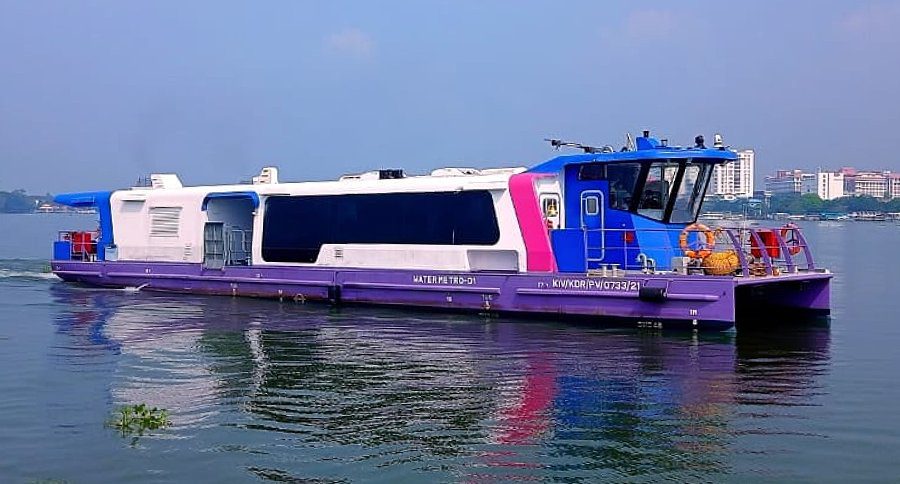
Integration of Tradition and Modernity
The Kochi Water Metro project showcases the seamless blend of tradition and modernity in urban design. The project is inspired by Kochi’s historical reliance on its waterways for trade and transportation, which were vital to the local economy and daily life. The Water Metro revitalizes this tradition by incorporating modern technology and sustainable practices. As part of the larger Kochi Metro Rail Limited (KMRL) initiative, the project aims to create a transit system that complements the existing metro rail network. Its goal is to provide a sustainable, efficient, and culturally resonant mode of transportation that makes use of the city’s natural waterways. By doing so, the Water Metro not only addresses the contemporary needs of urban mobility but also reconnects the city with its aquatic heritage.
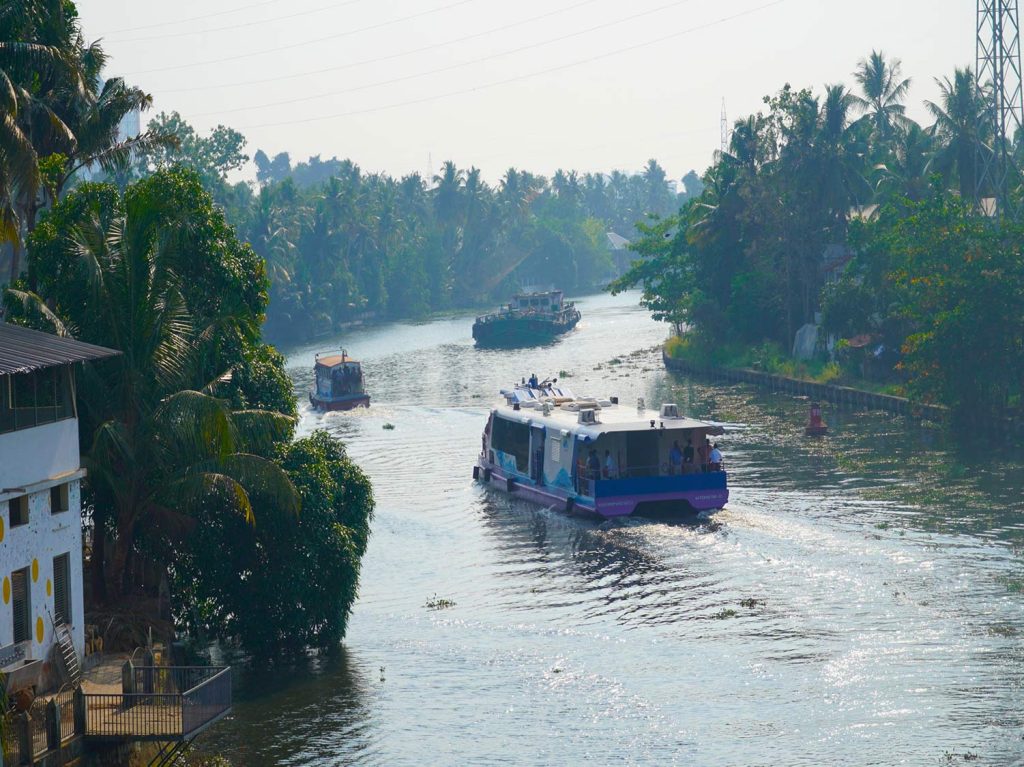
Source: Website Link
Urban Design and Infrastructure
In a transformative step toward modernizing urban mobility, Kochi’s Water Metro emerges as a paradigm of transit-oriented development where functionality, aesthetic refinement, and ecological sustainability converge. The system employs electric hybrid boats—air-conditioned and outfitted with contemporary amenities—to not only curtail environmental impact but also ensure a seamless, comfortable commute for between 50 and 100 passengers per vessel. Spanning 76 kilometers of navigable waterways and punctuated by 38 meticulously situated terminals, this network is engineered as an integrated multimodal corridor, with each terminal designed as a dynamic urban node that bolsters walkability and facilitates efficient modal interchanges with buses and the existing Kochi Metro. Moreover, the planning process demonstrates a keen sensitivity to local environmental contexts by harmonizing infrastructural development with the natural urban fabric, thereby minimizing landscape disruption while fostering connectivity and supporting the daily transit needs of a bustling metropolitan populace.
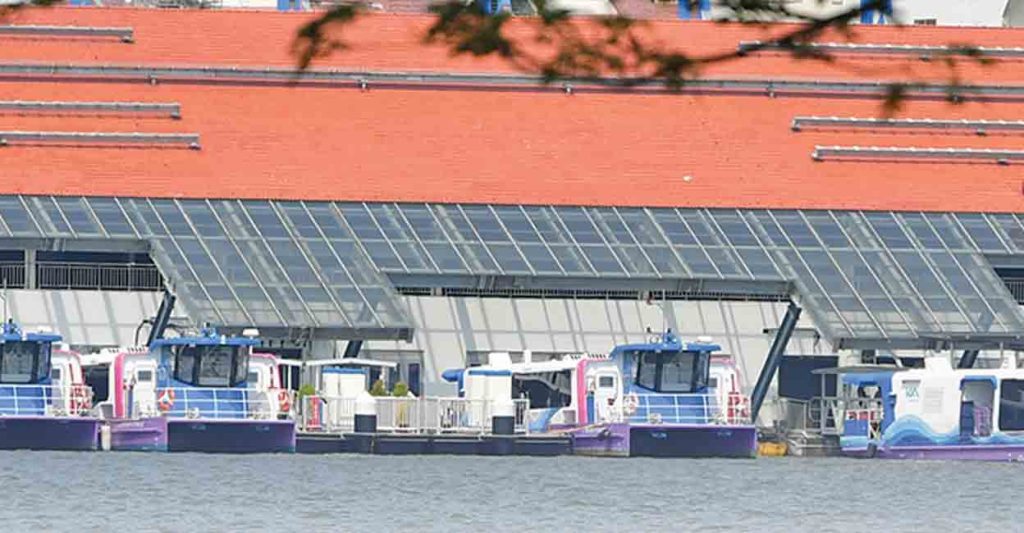
Enhancing Connectivity and uplifting Economy
Kochi Water Metro has improved connectivity and bolstered the local economy. The impacts of Kochi Water Metro are –
1. Reduction in Traffic Congestion and Pollution: Kochi, like many growing cities, suffers from severe traffic congestion, particularly during peak hours. The Water Metro offers an alternative route that bypasses the crowded roads, reducing the overall traffic load. By shifting a significant portion of commuters to water-based transit, the project is expected to alleviate road congestion, leading to lower emissions and improved air quality. The use of electric hybrid boats further underscores the project’s commitment to sustainability, reducing the carbon footprint of urban transit.
2. Economic Growth and Tourism: The Water Metro is expected to boost the local economy by improving access to business districts and tourist attractions. Easier and quicker commutes will likely encourage more economic activity, while the scenic routes offered by the Water Metro can attract tourists, providing them with a unique way to experience Kochi’s backwaters. The project also opens up new opportunities for water-based tourism, which can contribute to the local economy.
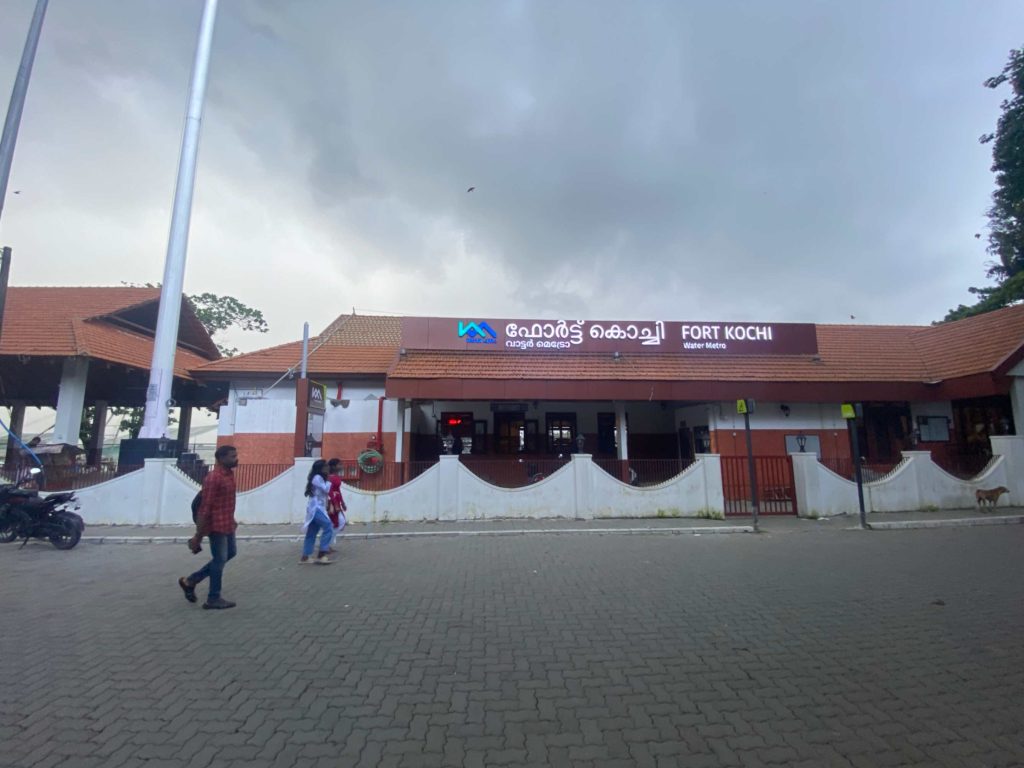
Source: author
Socio-Cultural Contribution to the City
1. Social Inclusion and Accessibility: The Water Metro is designed to be inclusive, catering to all sections of society. The affordability of the service ensures that it is accessible to low-income residents, while the modern amenities appeal to the middle and upper classes. The project also promotes social inclusion by improving connectivity to underdeveloped areas, particularly islands and coastal regions that were previously difficult to access. By bringing these areas closer to the city center, the Water Metro can help bridge the socio-economic divide.
2. Cultural and Environmental Preservation: The Water Metro, by revitalizing Kochi’s waterways, plays a crucial role in preserving the city’s cultural heritage. The project encourages the use of water transport, which has been a part of Kochi’s history for centuries. Additionally, the environmentally friendly design of the boats and terminals reflects a commitment to preserving the natural beauty of the backwaters. The project’s emphasis on sustainability ensures that urban development does not come at the cost of environmental degradation.
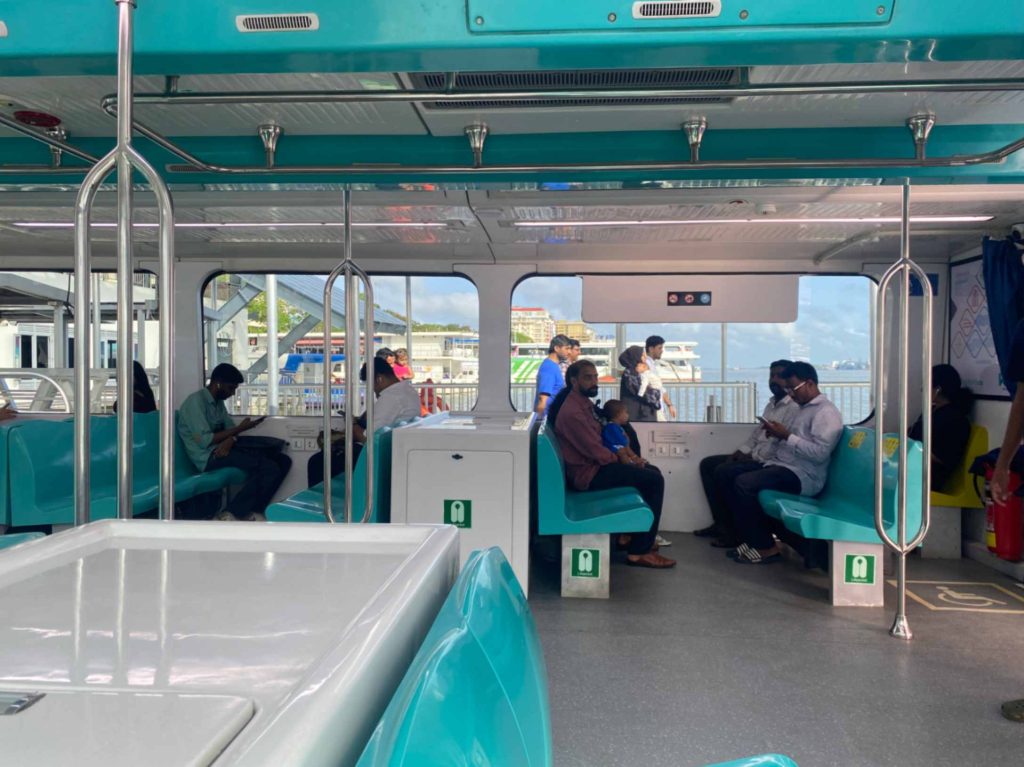
Source: author
Critical Analysis
While the Kochi Water Metro is a groundbreaking project with numerous benefits, it is essential to critically analyse its potential challenges and limitations. One concern is the long-term financial sustainability of the project due to substantial initial investments and ongoing maintenance costs. Another challenge is the integration of the Water Metro with the existing urban fabric, including seamless connectivity with other transportation modes. Lastly, maintaining the environmental integrity of the waterways amidst increased traffic poses a significant challenge.
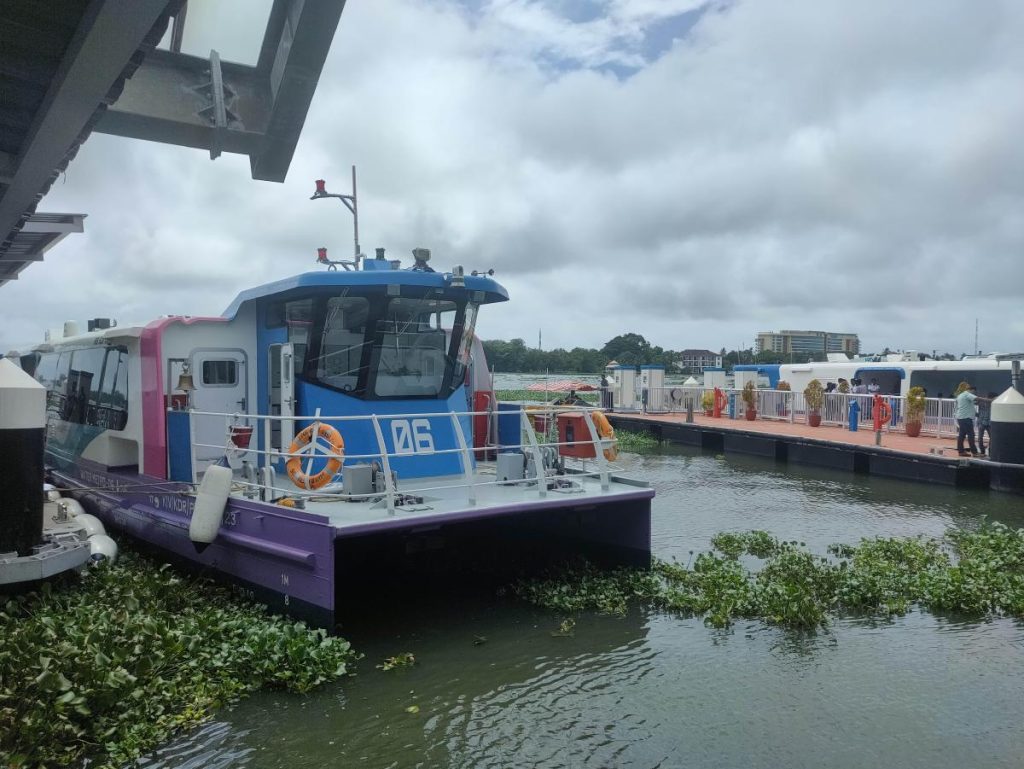
Source: author
-1
-1
-1
-1
Conclusion
The Kochi Water Metro is an innovative project that revolutionises urban mobility in Kerala by incorporating water-based transit into the city’s transportation network. Its design and theme demonstrate a profound understanding of Kochi’s cultural and environmental context, making it an exemplar of sustainable urban development. The project significantly contributes to the community and the city by providing solutions to traffic congestion, spurring economic growth, promoting social inclusion, and safeguarding the environment.
However, the success of the Water Metro hinges on addressing the challenges of financial sustainability, integrating with existing infrastructure, and minimising environmental impact. If these challenges are overcome, the Kochi Water Metro has the potential to transform urban mobility, serving as a model for other cities grappling with similar issues. Ultimately, the project signifies a bold stride toward a more sustainable, inclusive, and culturally resonant urban future for Kochi.
References
- Kochi Metro Rail Limited (KMRL).
Kochi Water Metro Project. Kochi Metro Rail Limited. Retrieved from https://www.kochimetro.org/water-metro - Sreedhar, V. (2023).
Kochi Water Metro: A Model for Sustainable Urban Transport in India.
Journal of Urban Transport, 15(3), 45-58. - Singh, R., & Joseph, P. (2023).
Integrating Water-Based Transport in Urban Mobility: The Case of Kochi Water Metro.
International Journal of Urban Planning, 28(2), 87-102. - Ravindran, N. K. (2022).
Urban Mobility and Heritage Conservation: Lessons from the Kochi Water Metro.
Urban Design International, 27(4), 233-245. - Ministry of Housing and Urban Affairs, Government of India. (2023).
Urban Transport: Innovations in Indian Cities.
Government of India. Retrieved from https://mohua.gov.in - Mathew, A. (2023).
Water-Based Transit Systems: An Analysis of the Kochi Water Metro Project.
Sustainable Cities and Society, 34(1), 112-124. - Kerala State Planning Board. (2022).
Annual Plan 2022-2023: Infrastructure Development in Kerala.
Kerala State Planning Board. Retrieved from https://keralaplanboard.gov.in - World Bank. (2021).
Innovative Urban Transport Solutions: Case Studies from Asia.
World Bank Publications. - Chacko, J., & Thomas, S. (2023).
Sustainability and Urban Development: The Role of Public Transport in Kochi.
Environmental Planning and Management Journal, 42(2), 172-185. - The Hindu. (2023).
Kochi Water Metro Set to Revolutionize Public Transport.
The Hindu. Retrieved from https://www.thehindu.com

Vanshika Bajaj
About the Author
Vanshika Bajaj is an architect and urban regeneration specialist. She is a highly motivated, enthusiastic, and dedicated professional with a background in architecture, urban design, planning, and research. She is skilled in conducting spatial analysis to identify issues and potential related to socio-ecological aspects of urban areas.
Related articles
UDL GIS
Masterclass
Gis Made Easy- Learn to Map, Analyse and Transform Urban Futures
Session Dates
15th-19th December 2025

Urban Design Lab
Be the part of our Network
Stay updated on workshops, design tools, and calls for collaboration
Curating the best graduate thesis project globally!
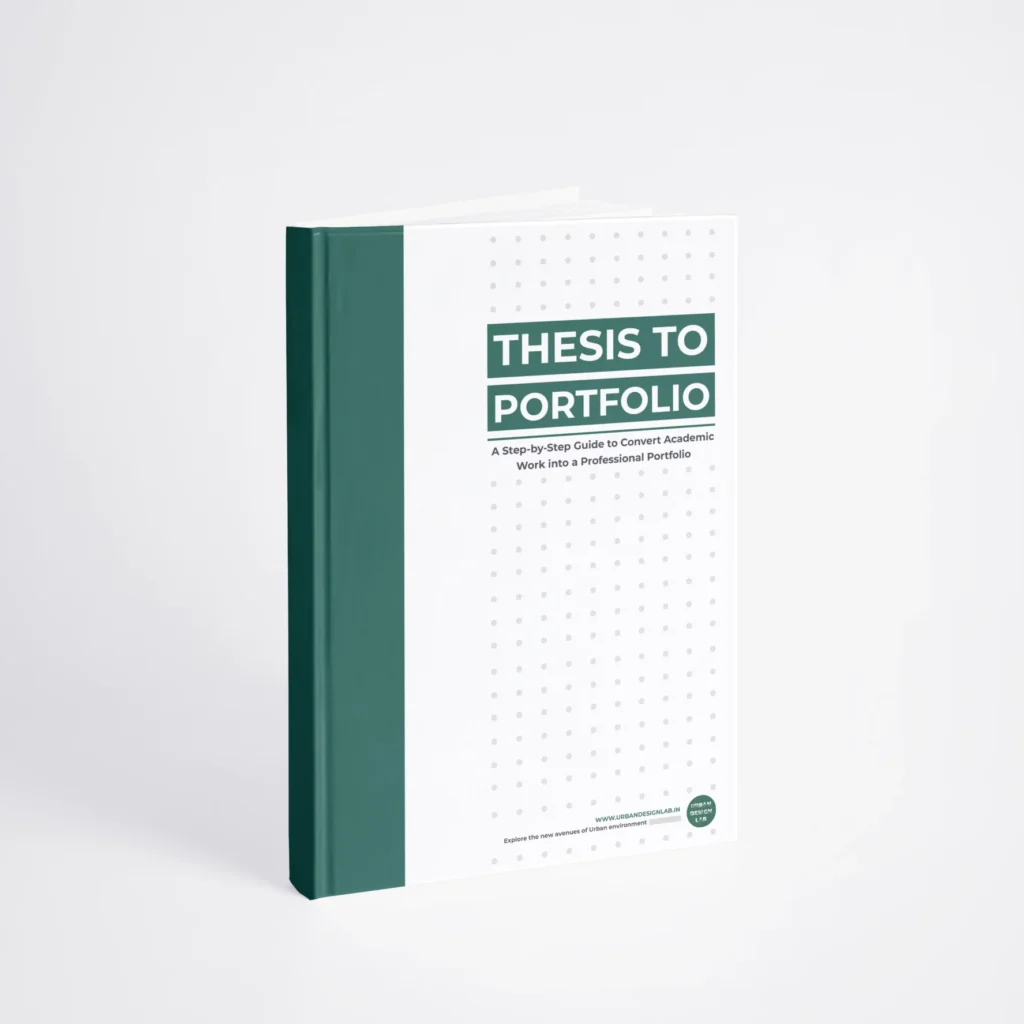
Free E-Book
From thesis to Portfolio
A Guide to Convert Academic Work into a Professional Portfolio”
Recent Posts
- Article Posted:
- Article Posted:
- Article Posted:
- Article Posted:
- Article Posted:
- Article Posted:
- Article Posted:
- Article Posted:
- Article Posted:
- Article Posted:
Sign up for our Newsletter
“Let’s explore the new avenues of Urban environment together “
